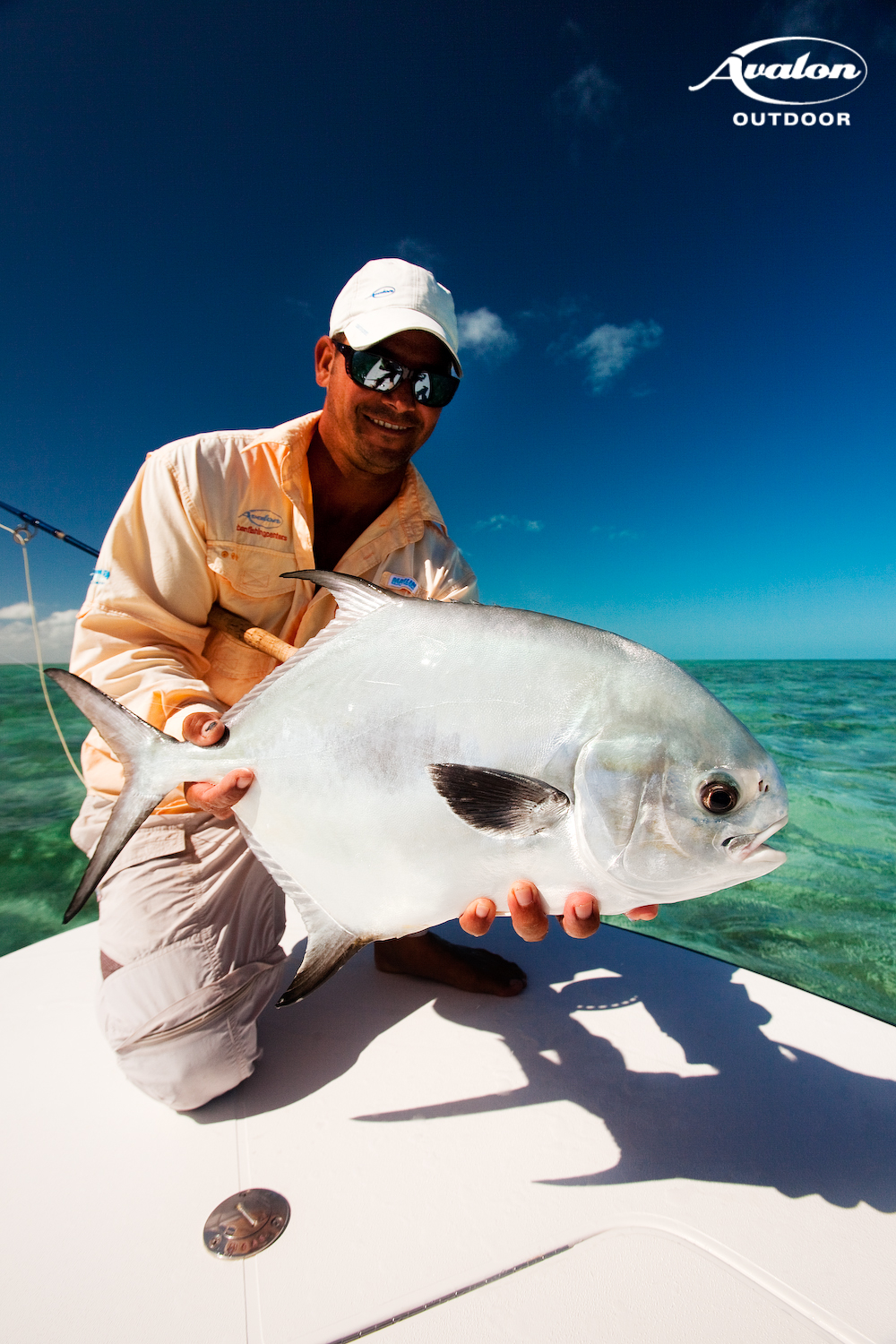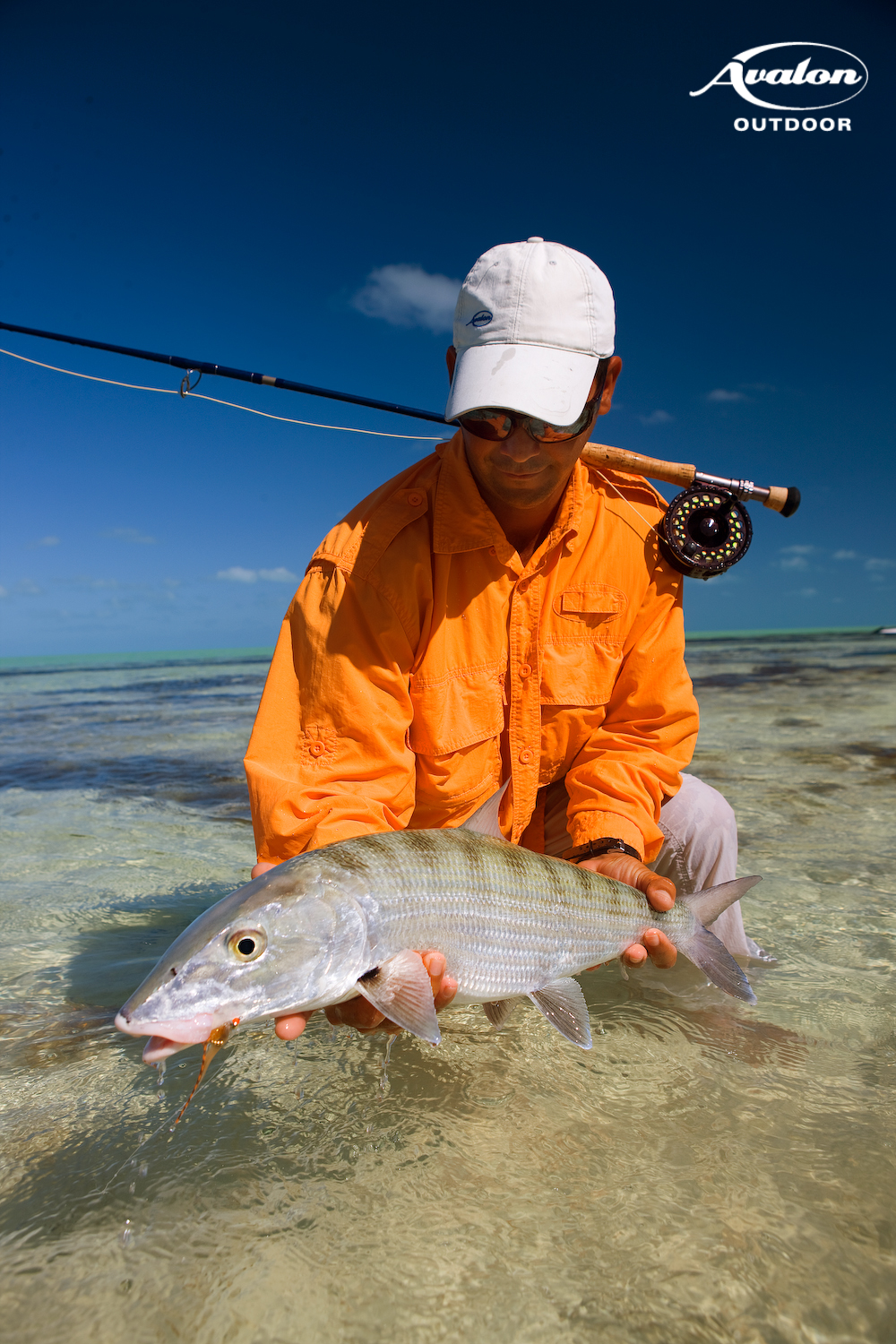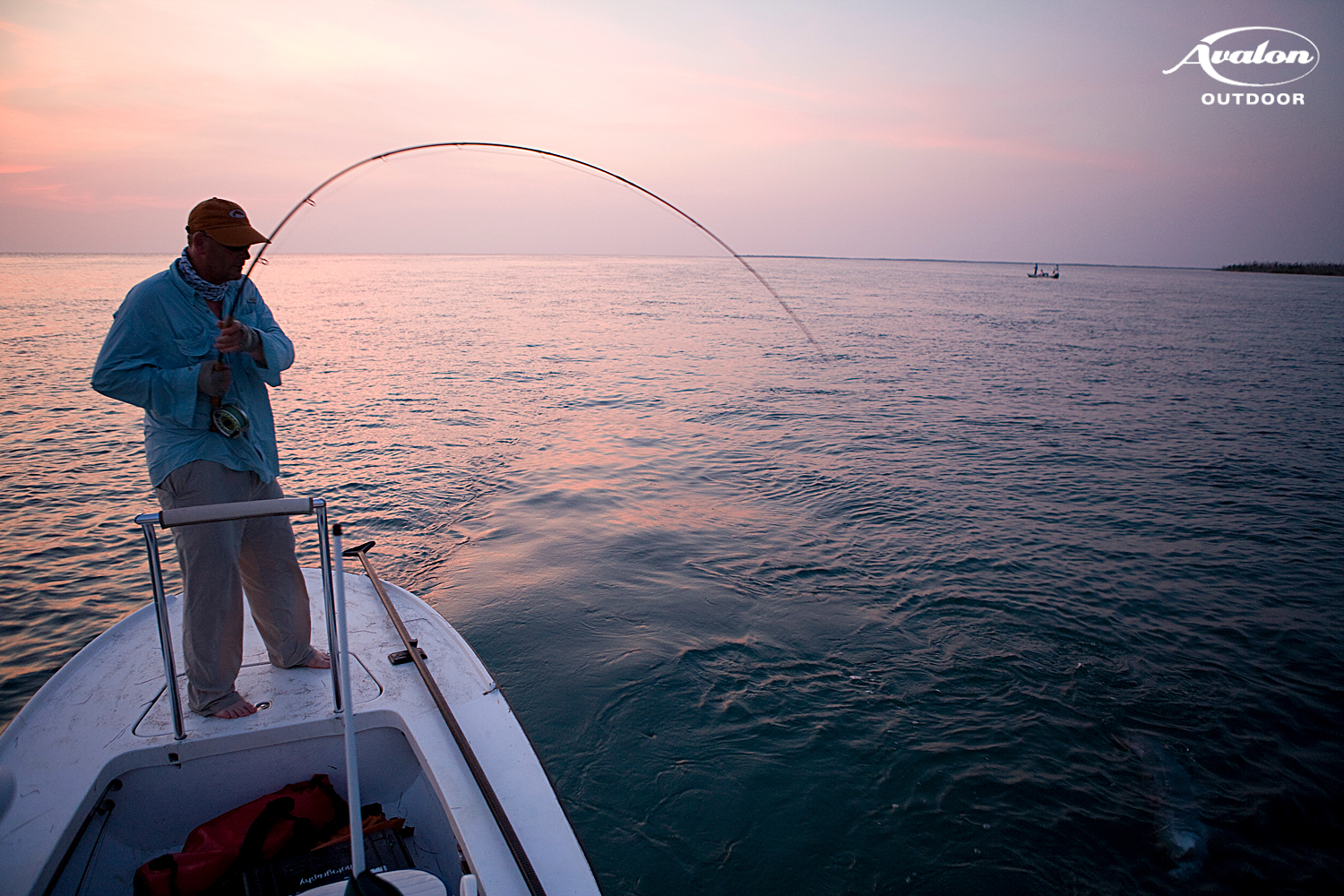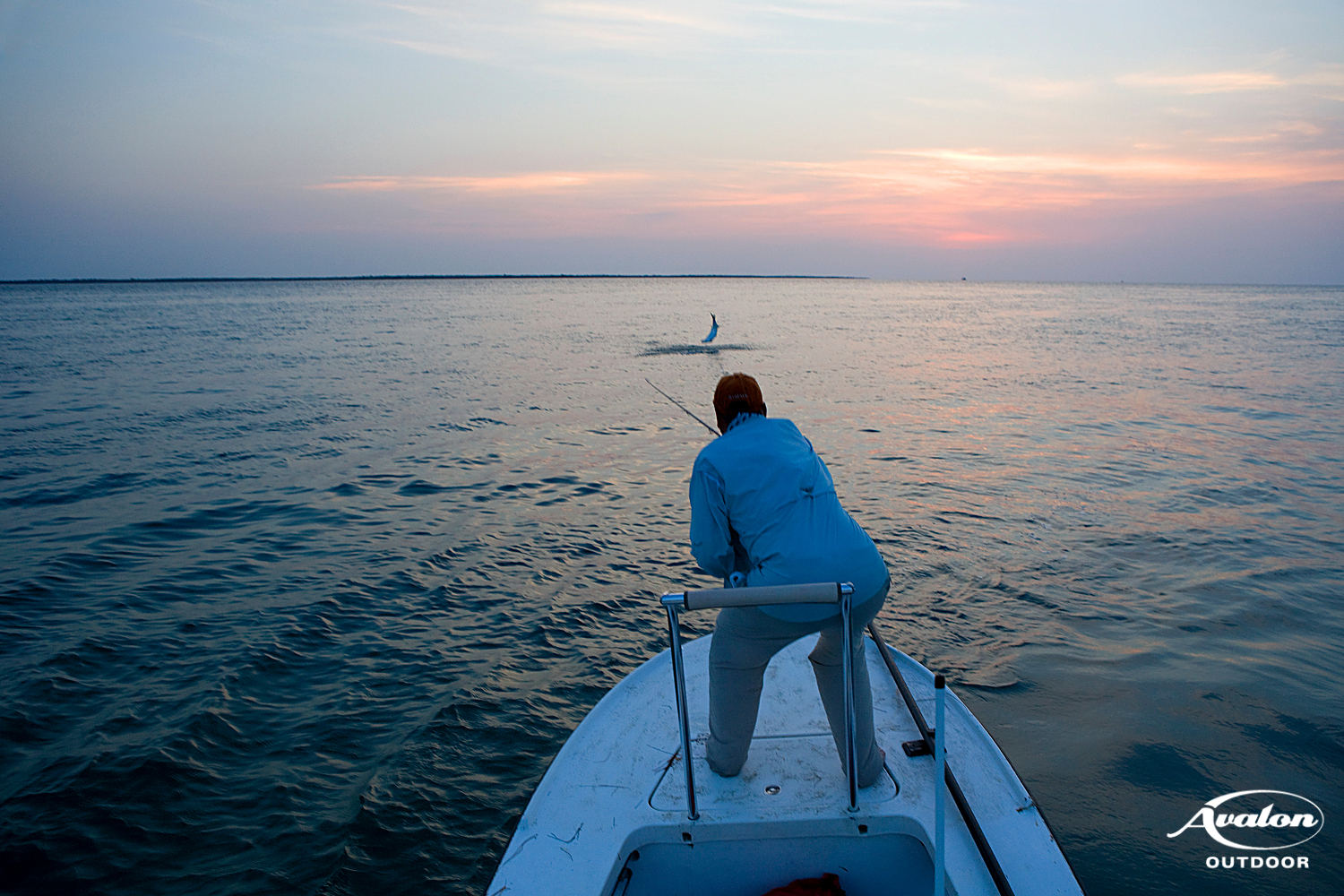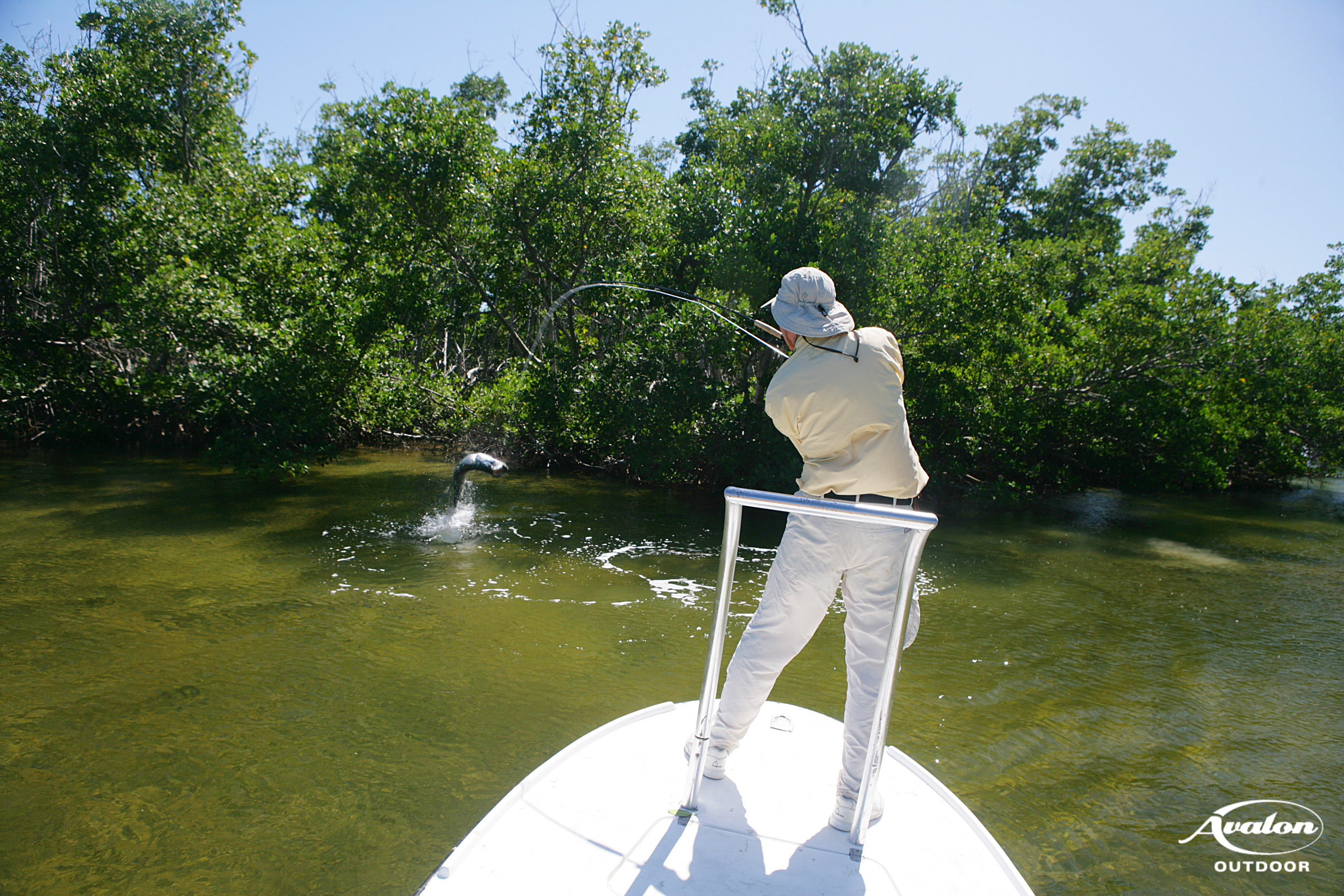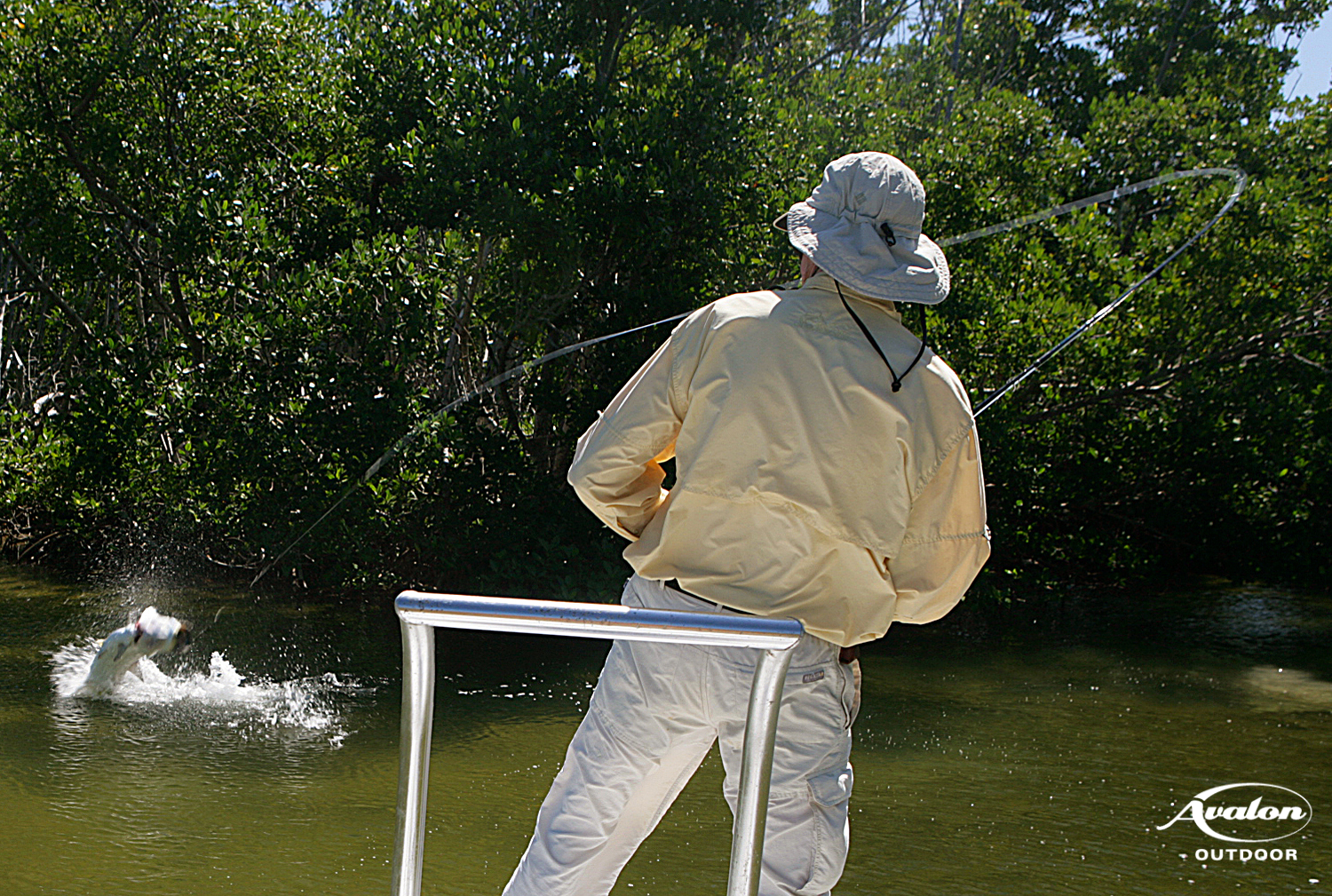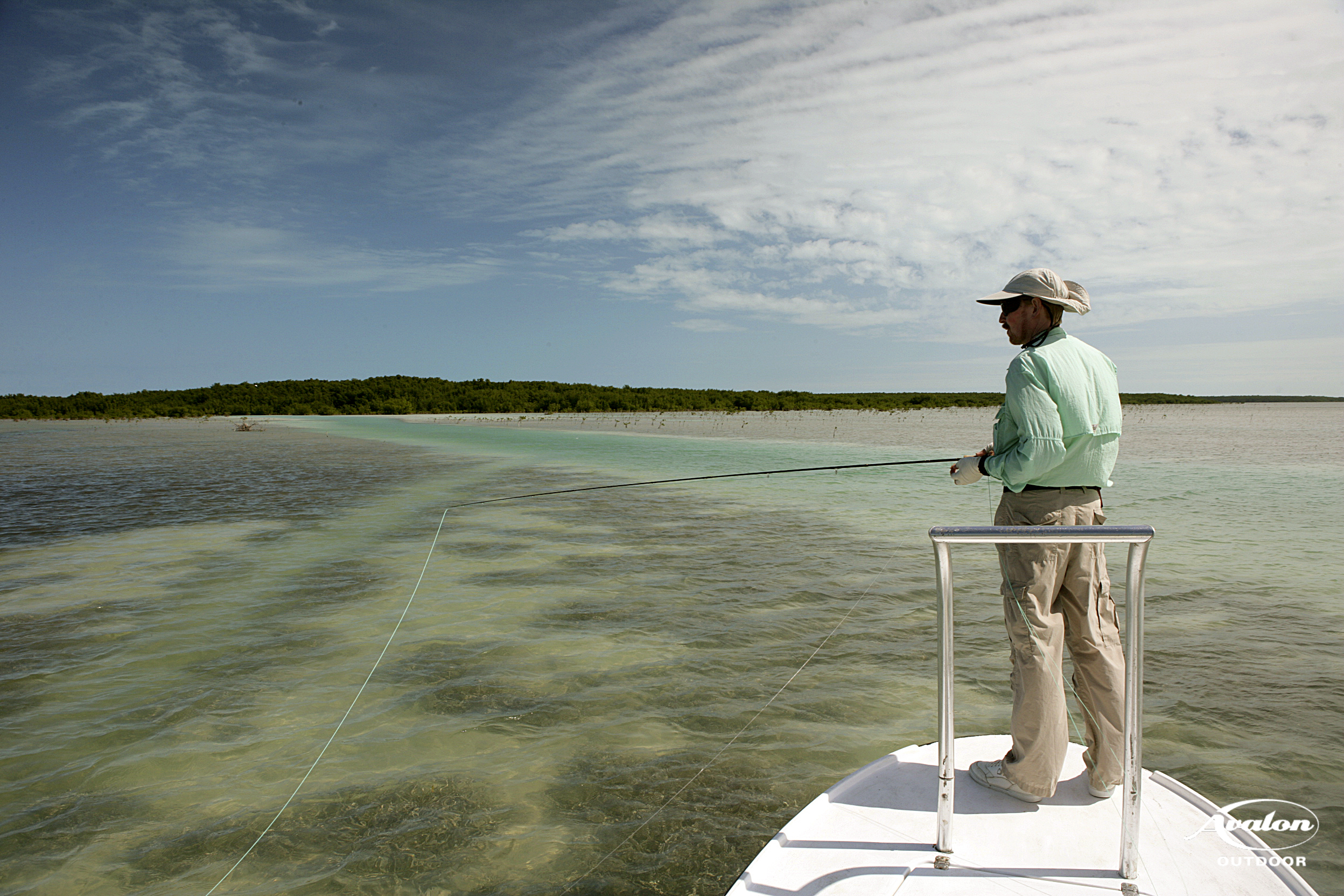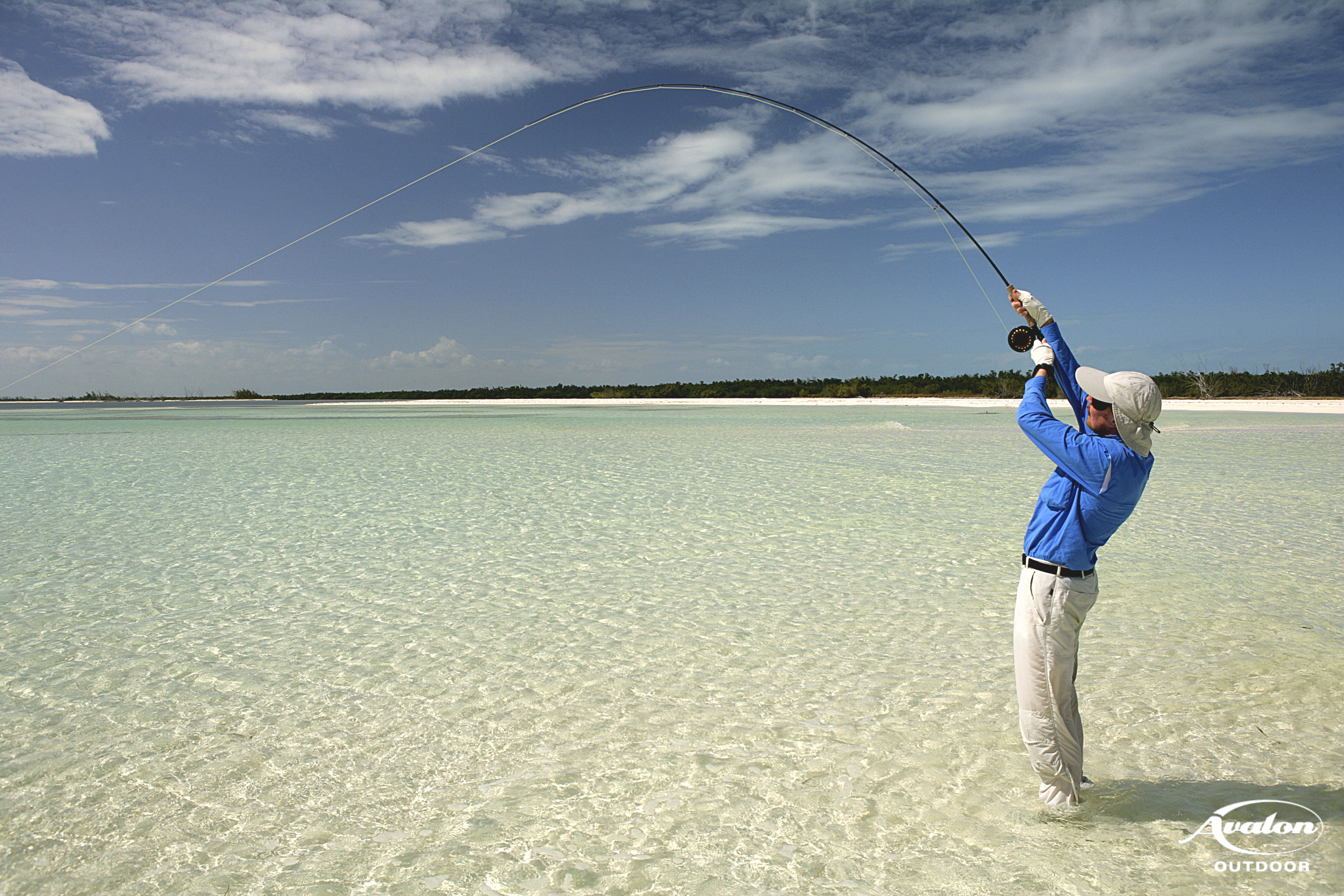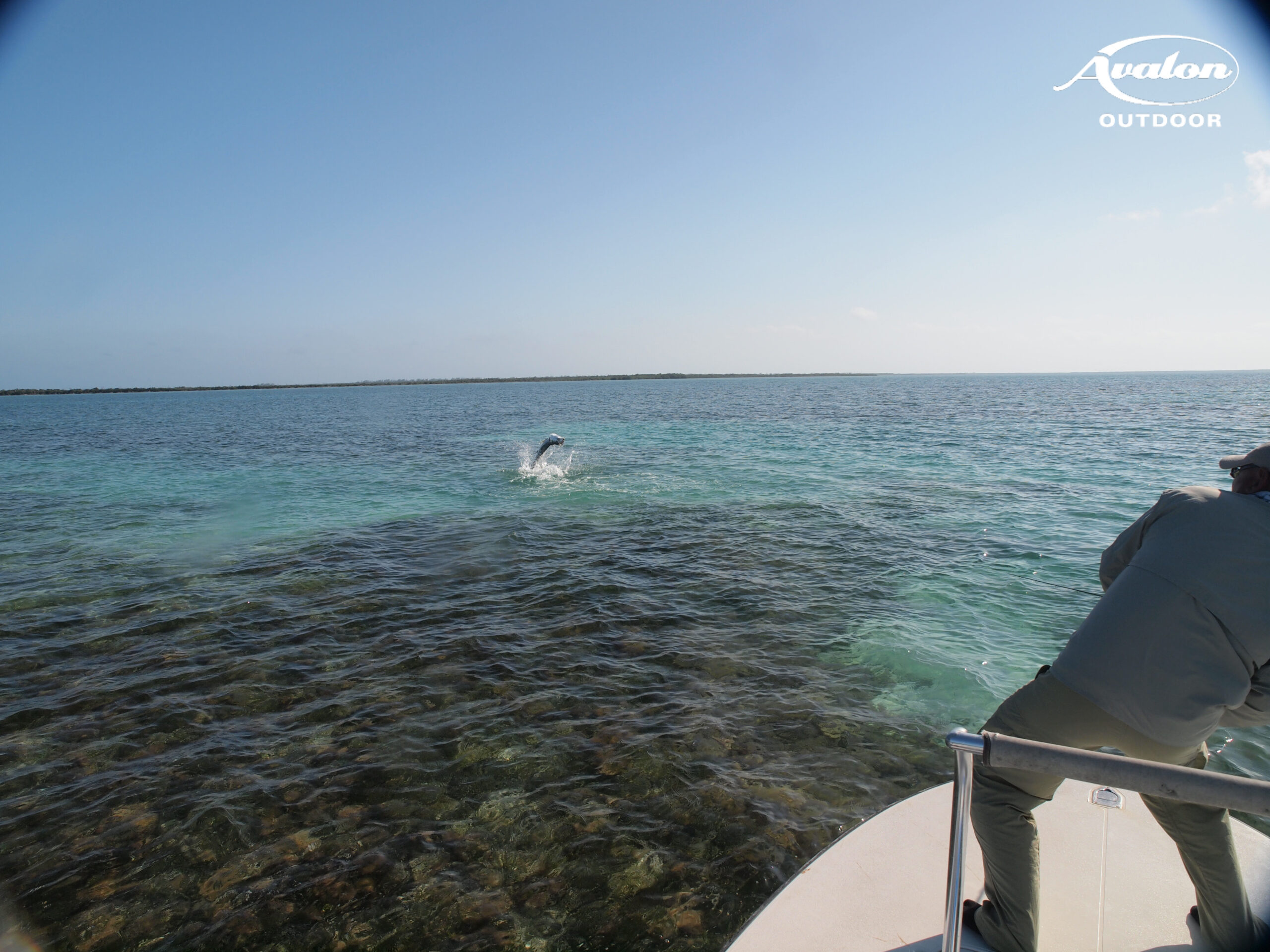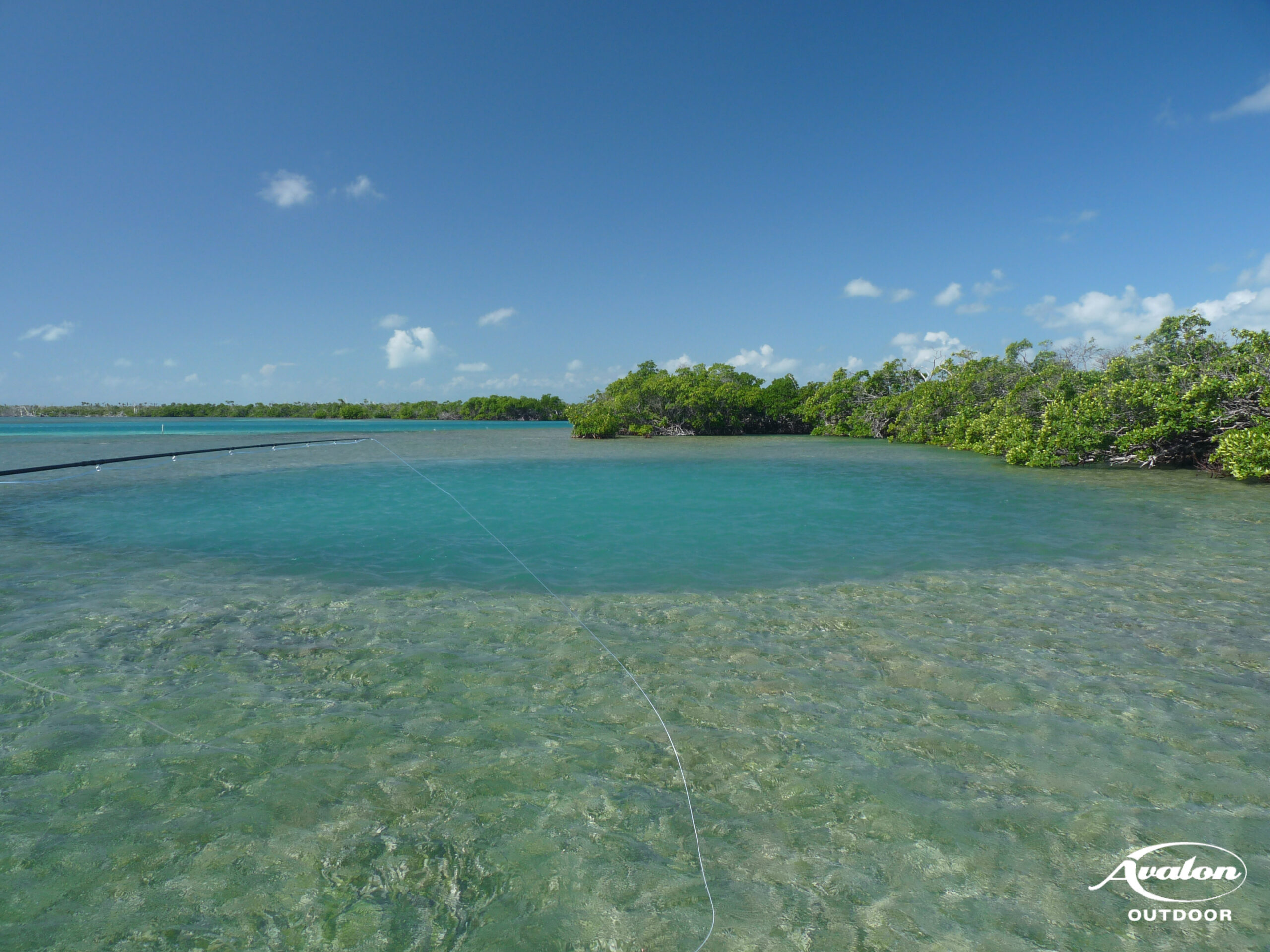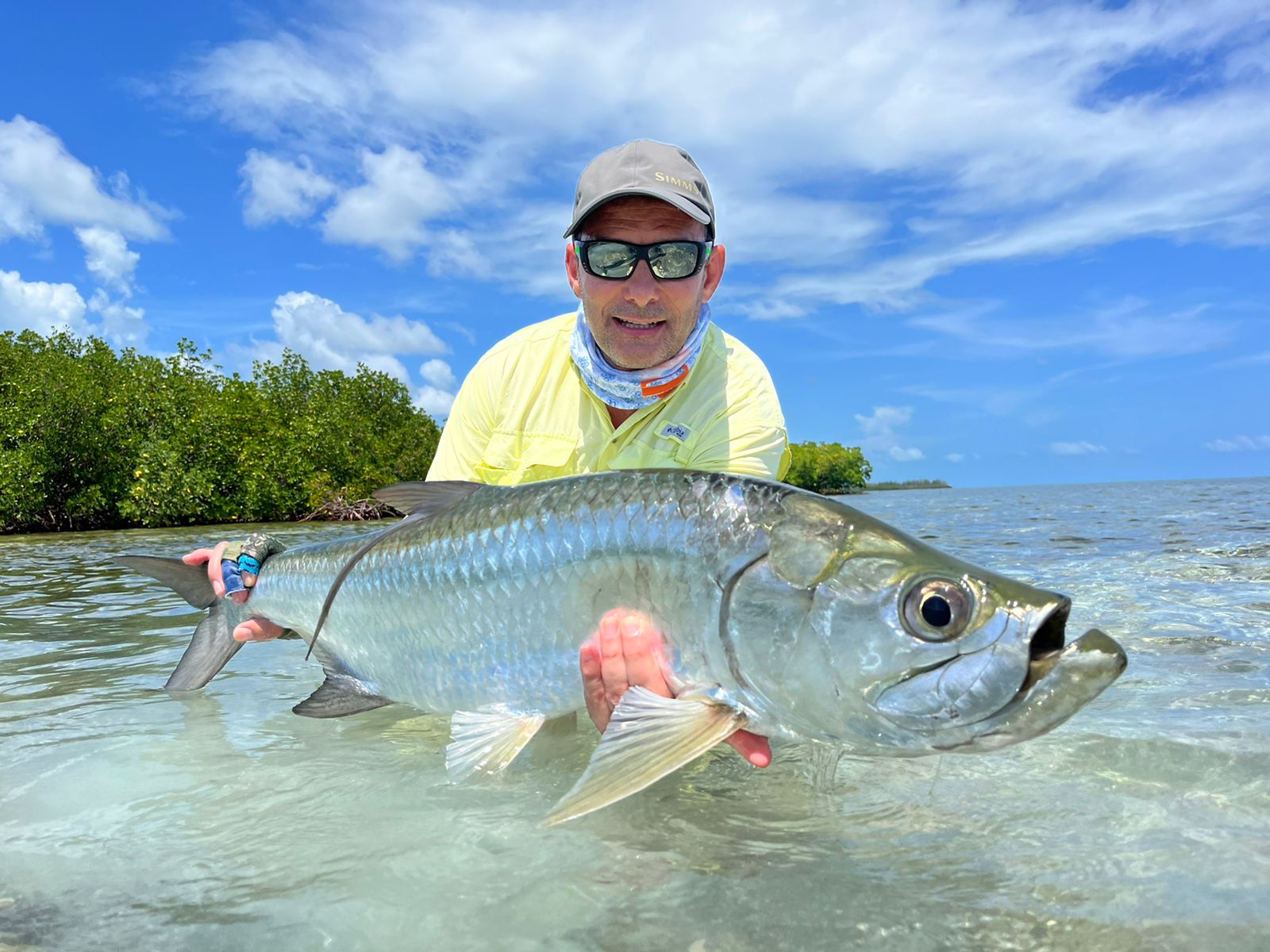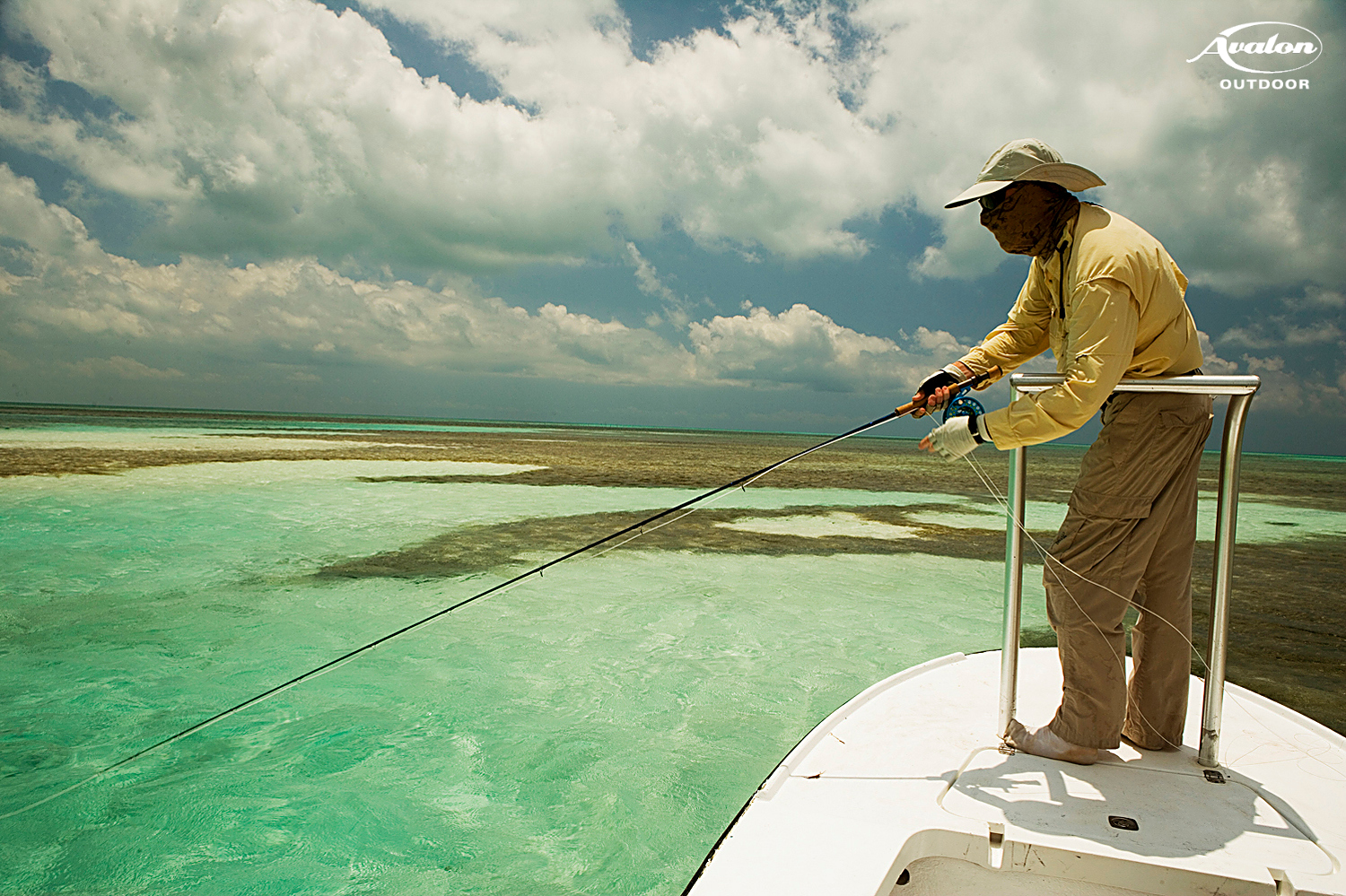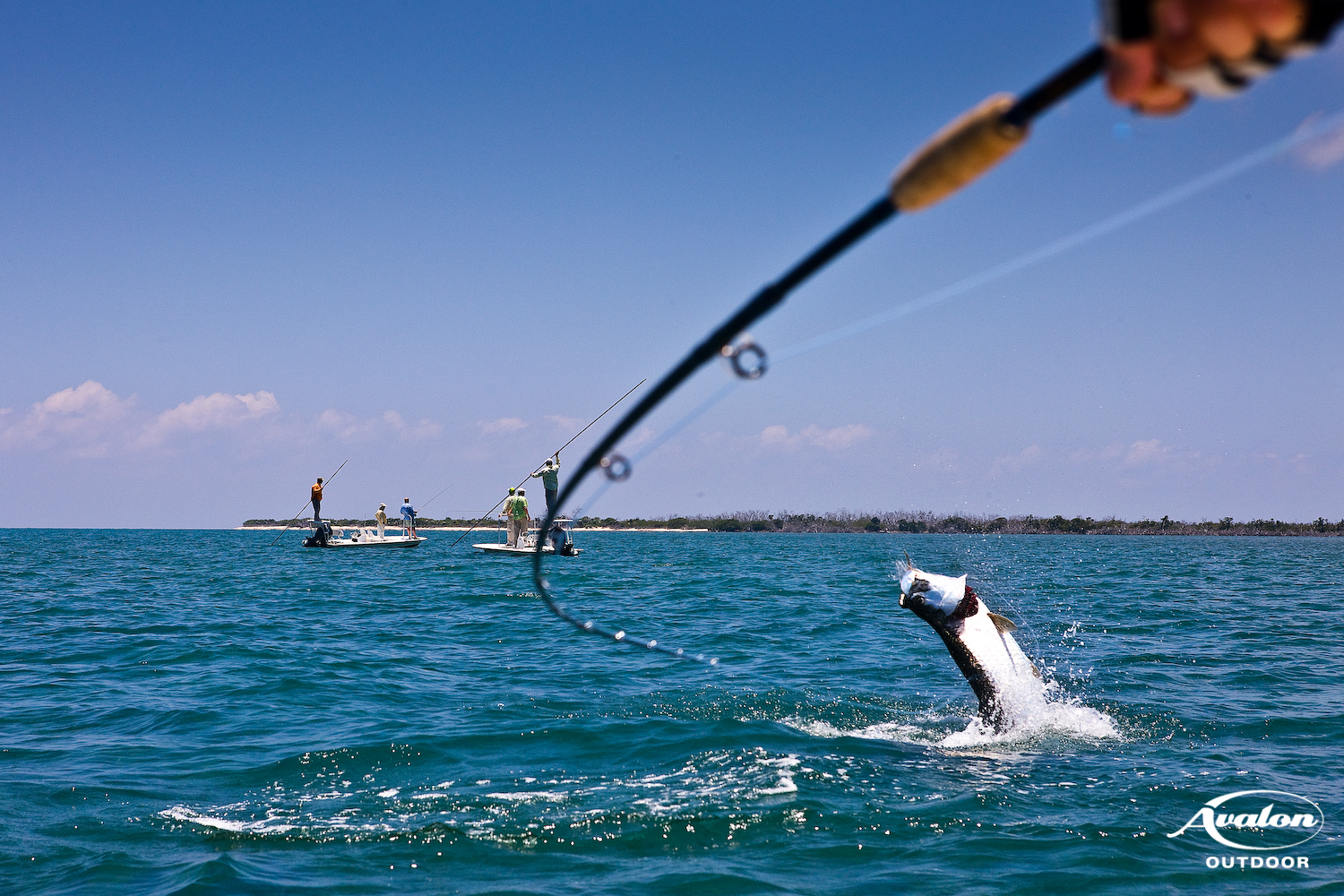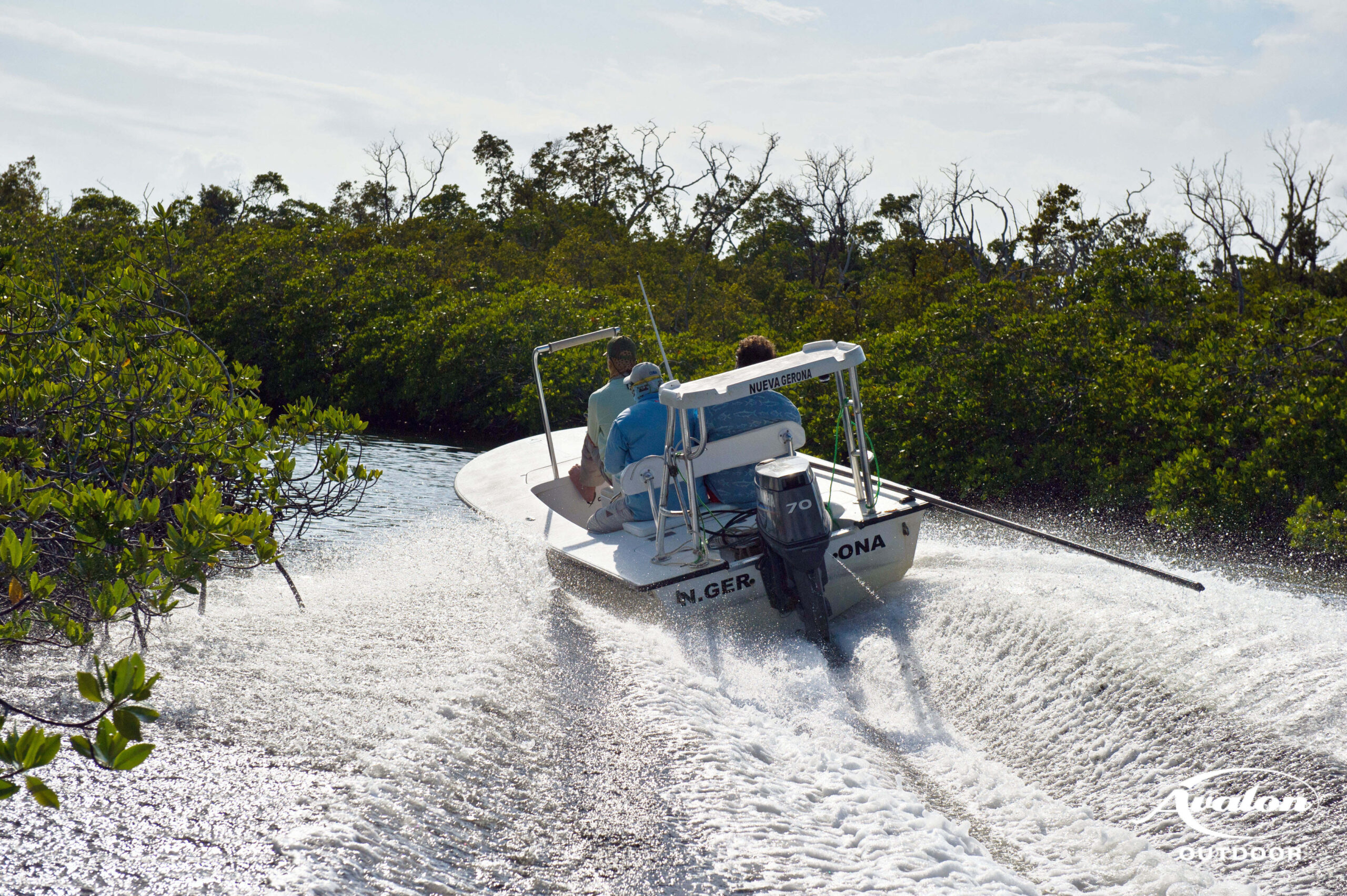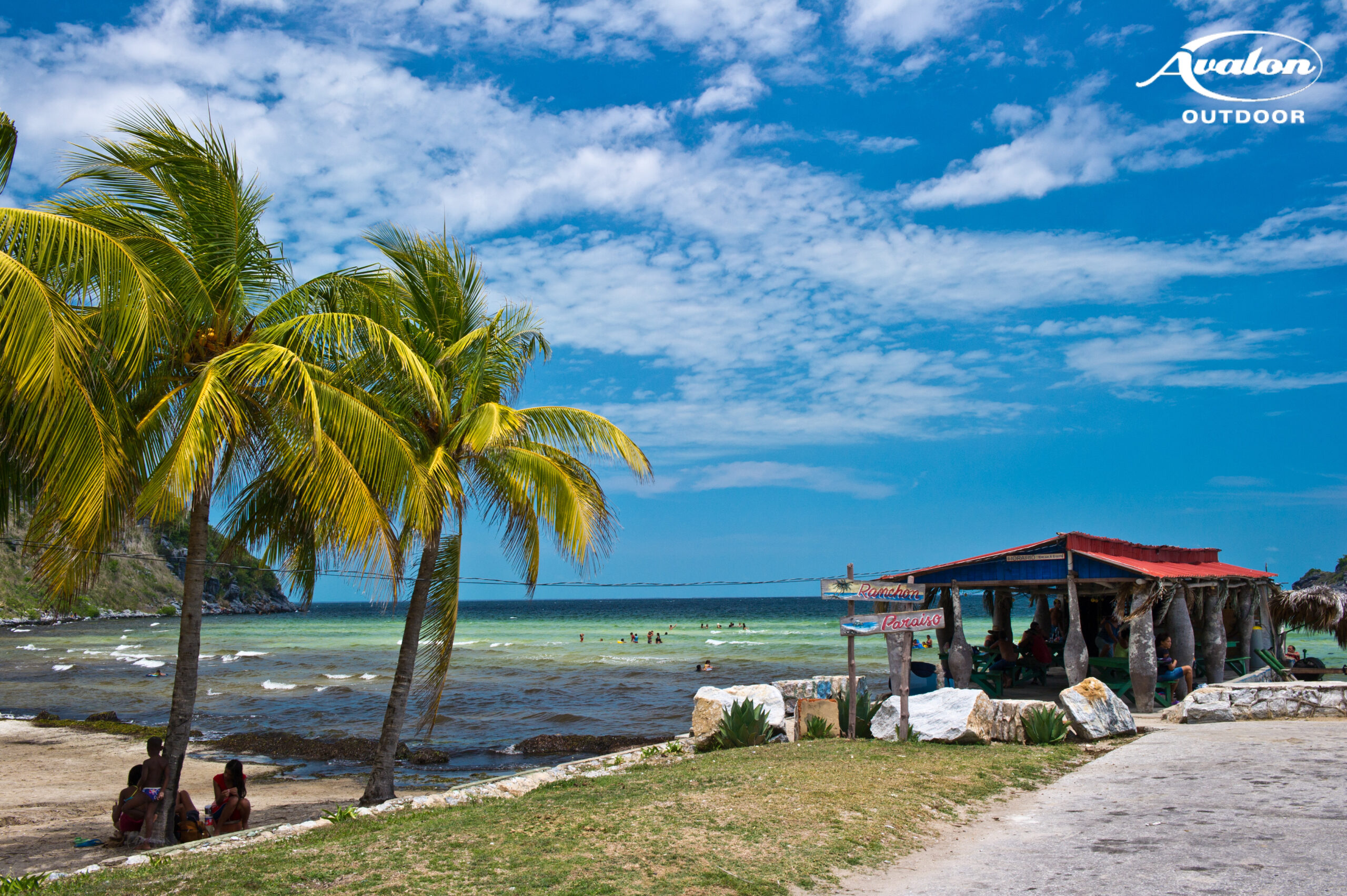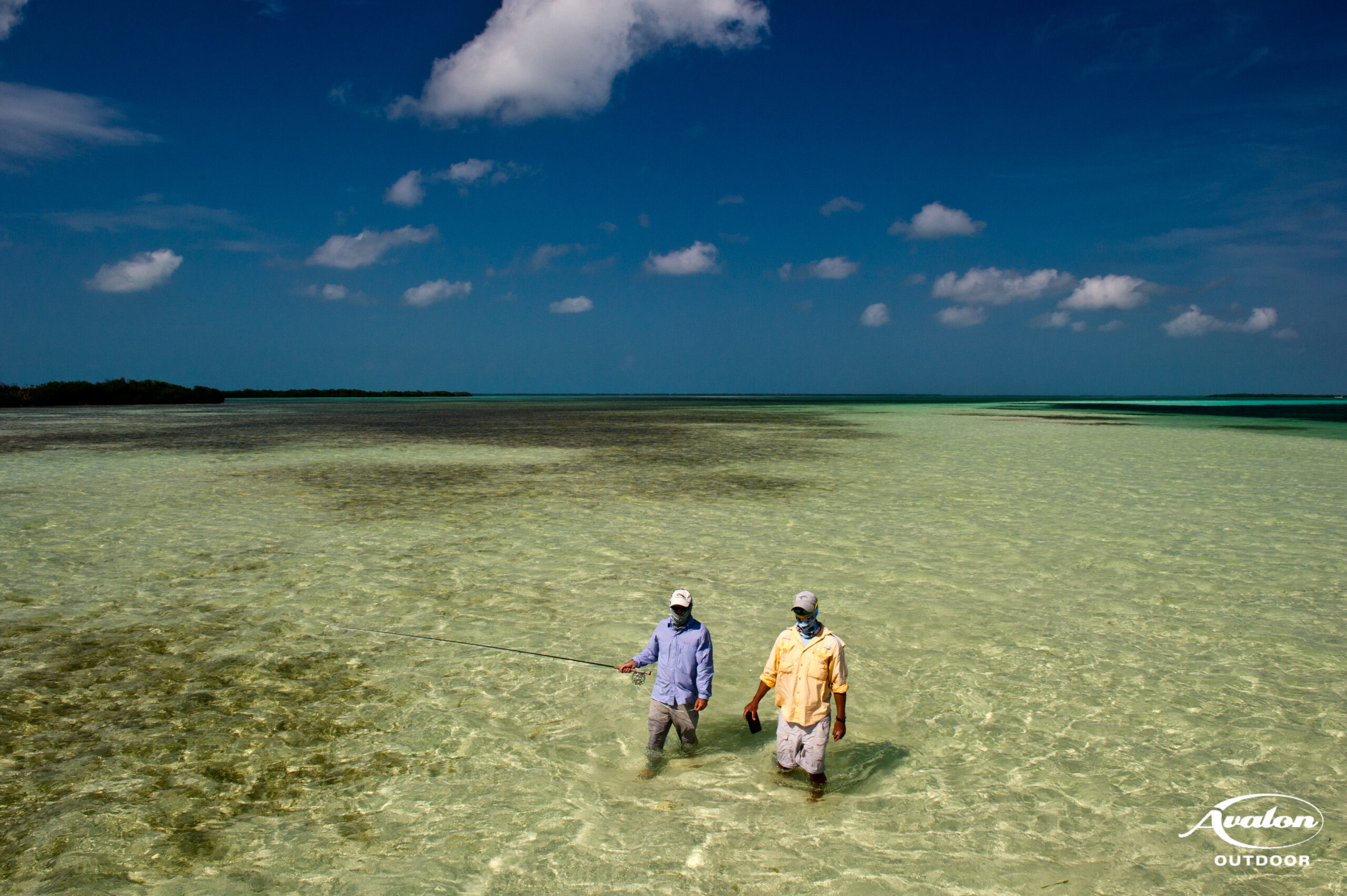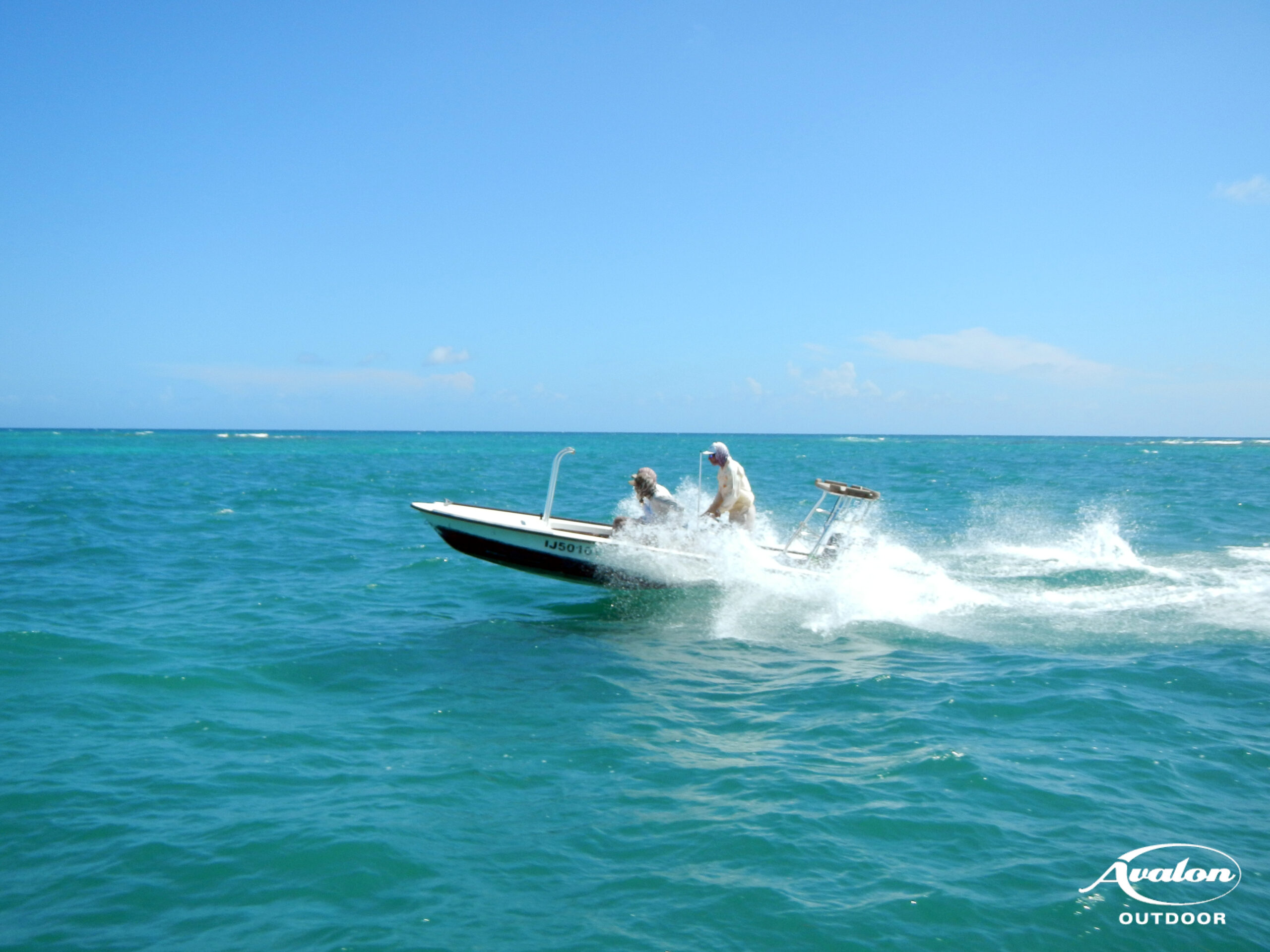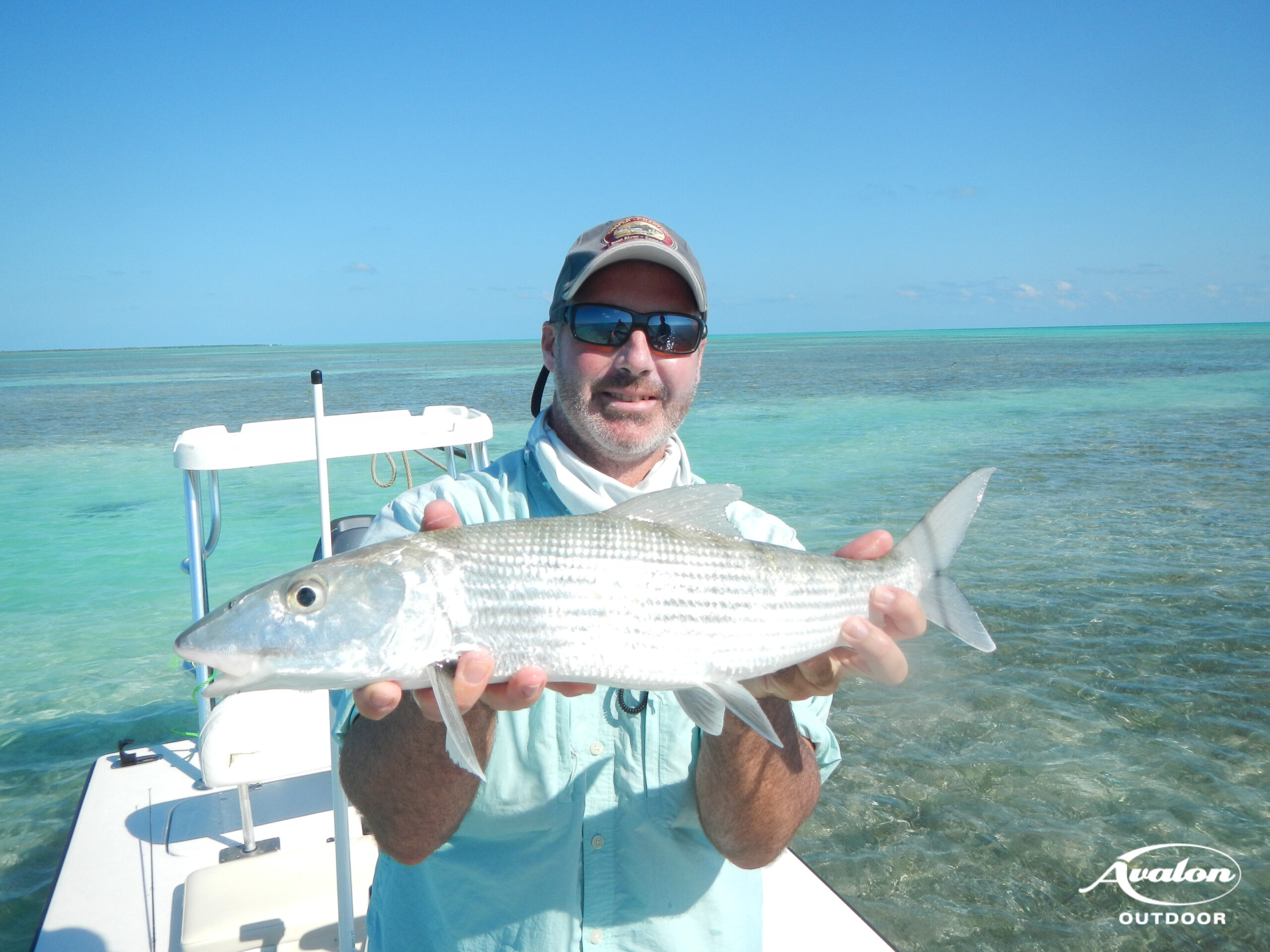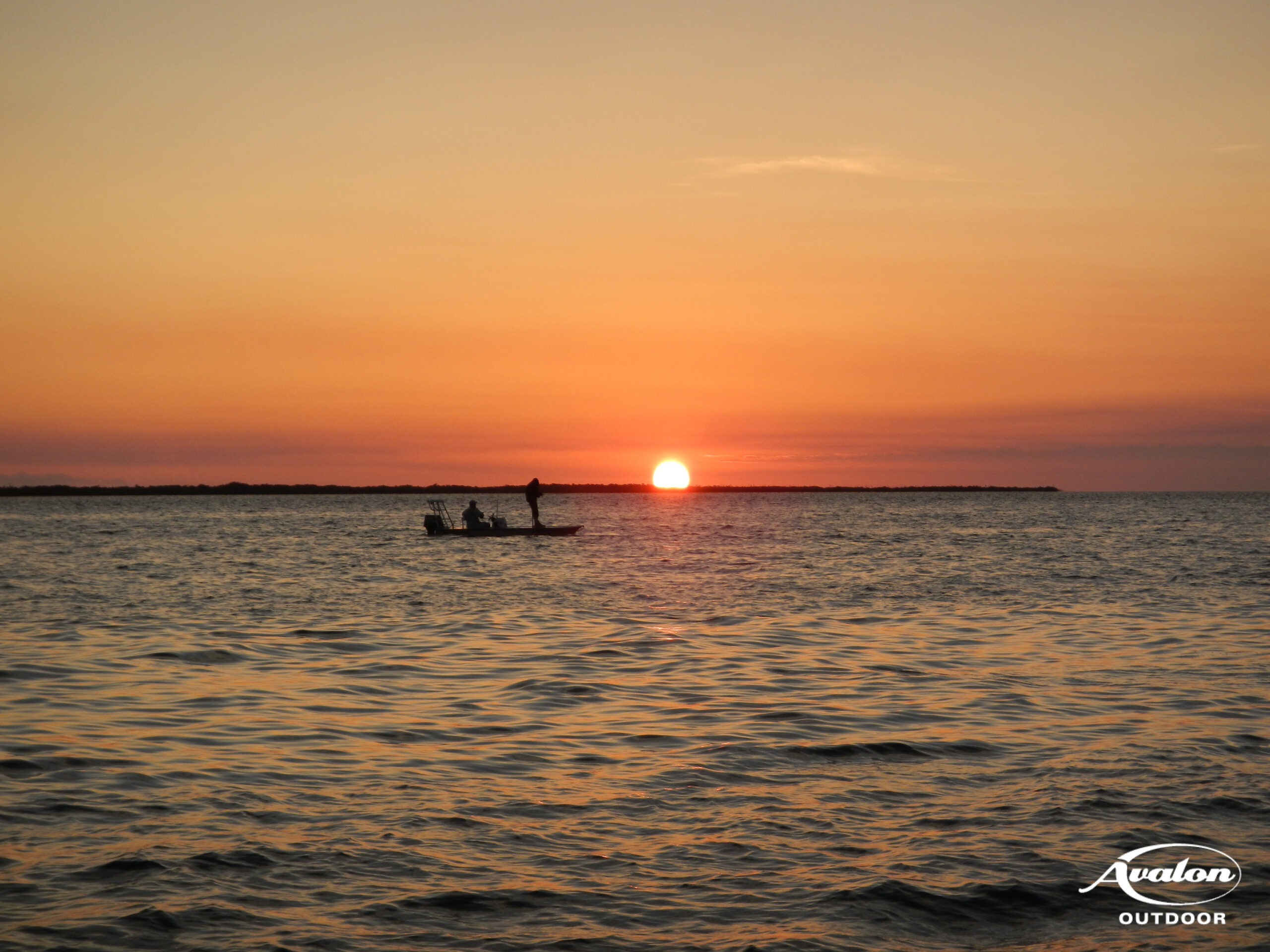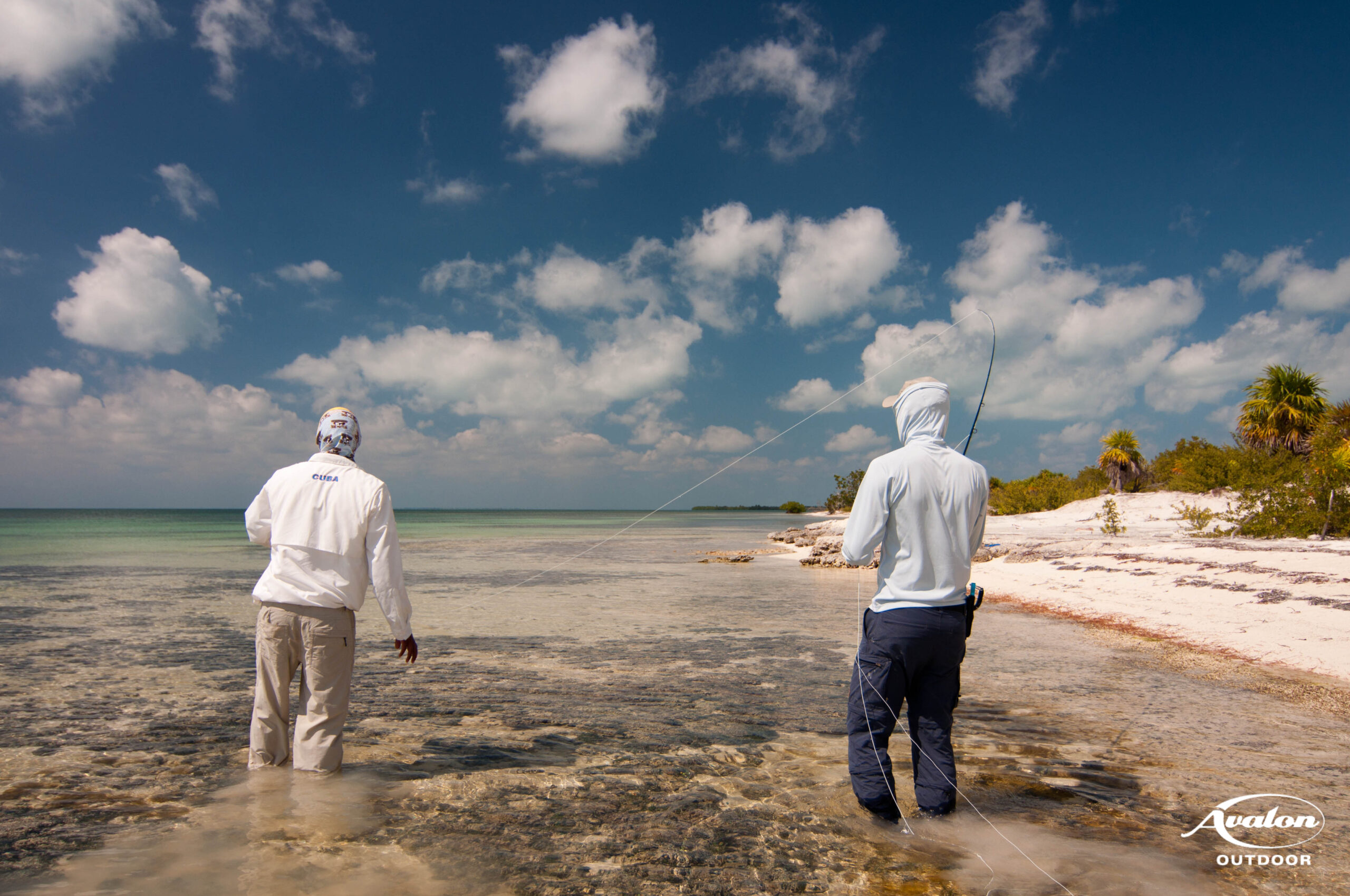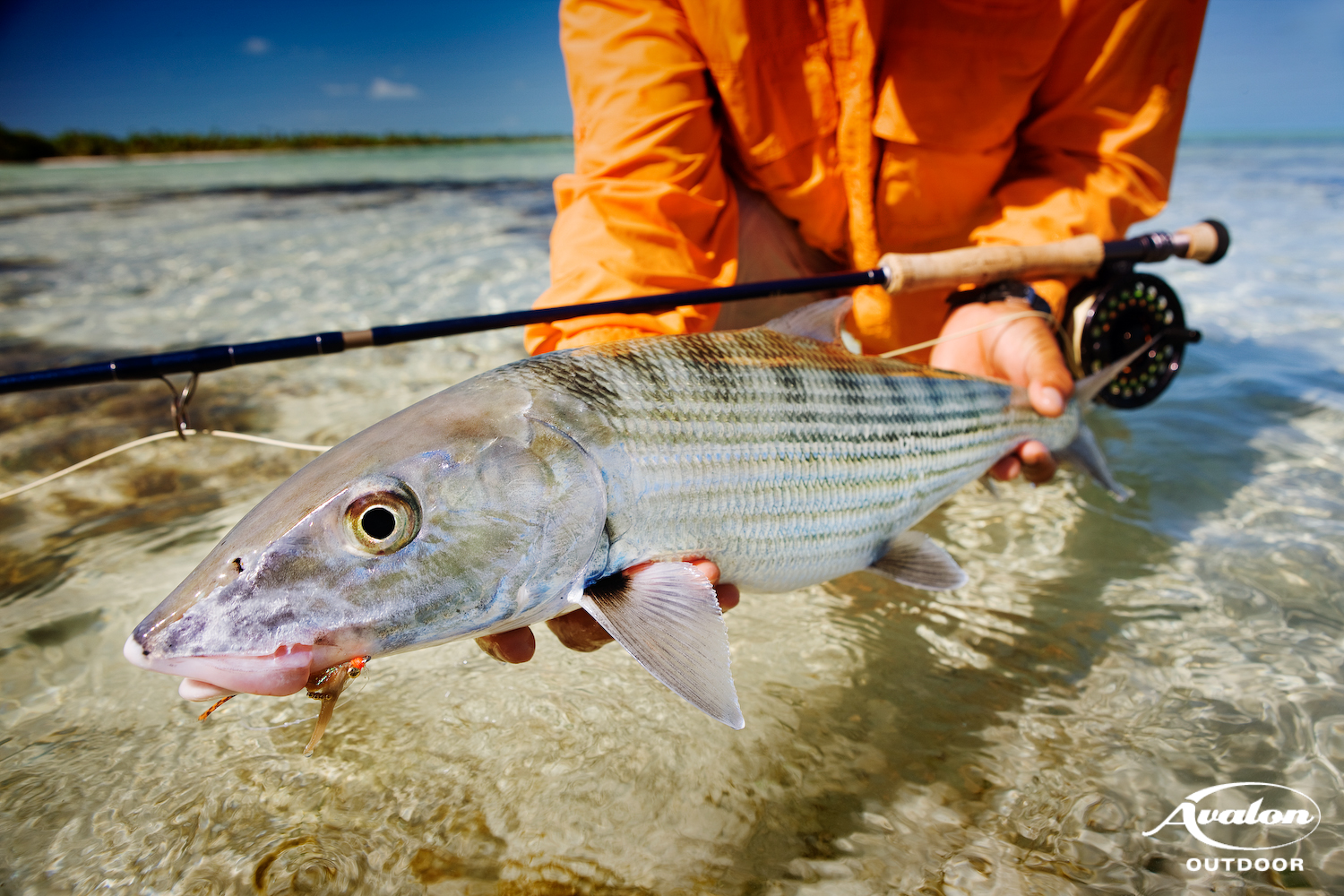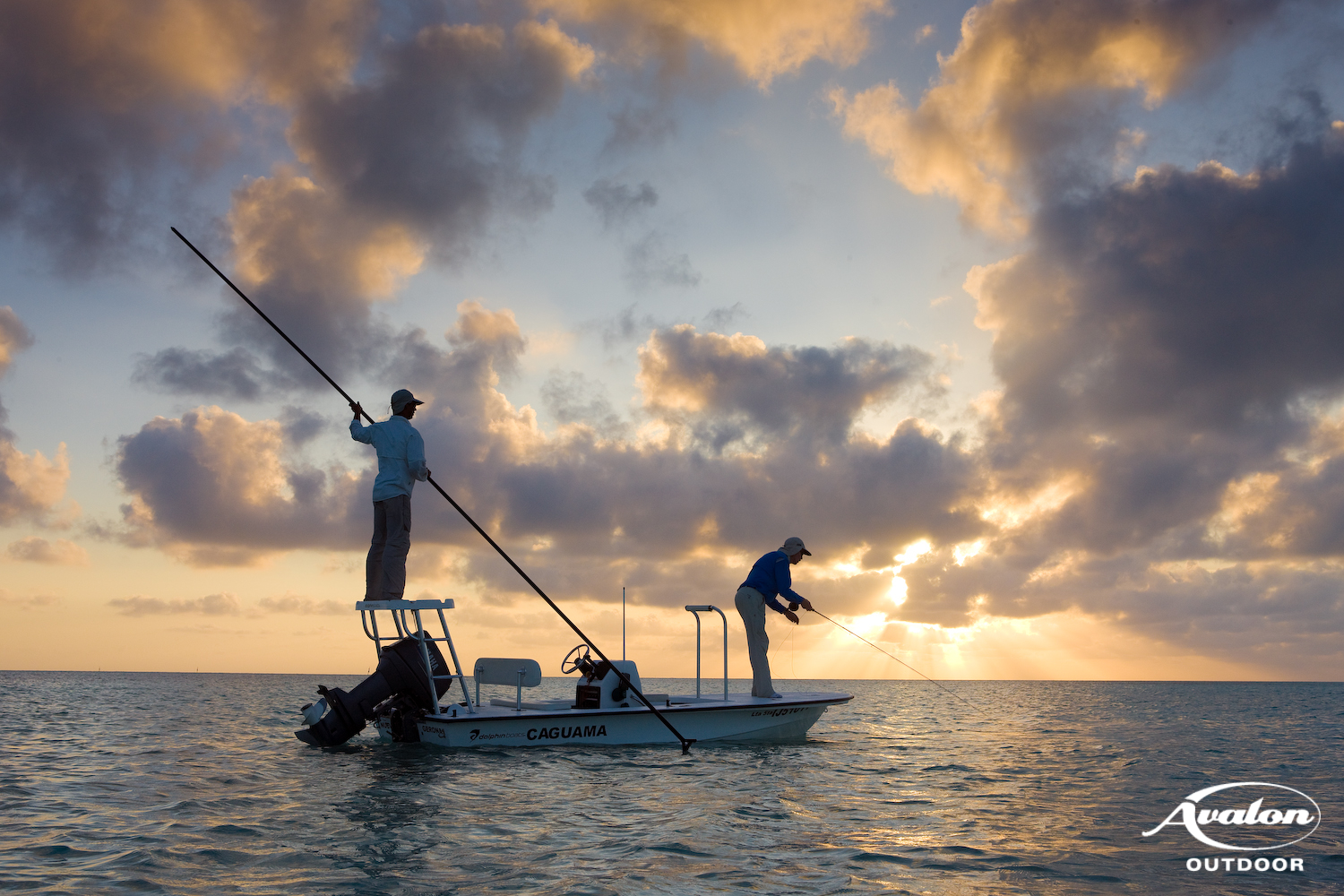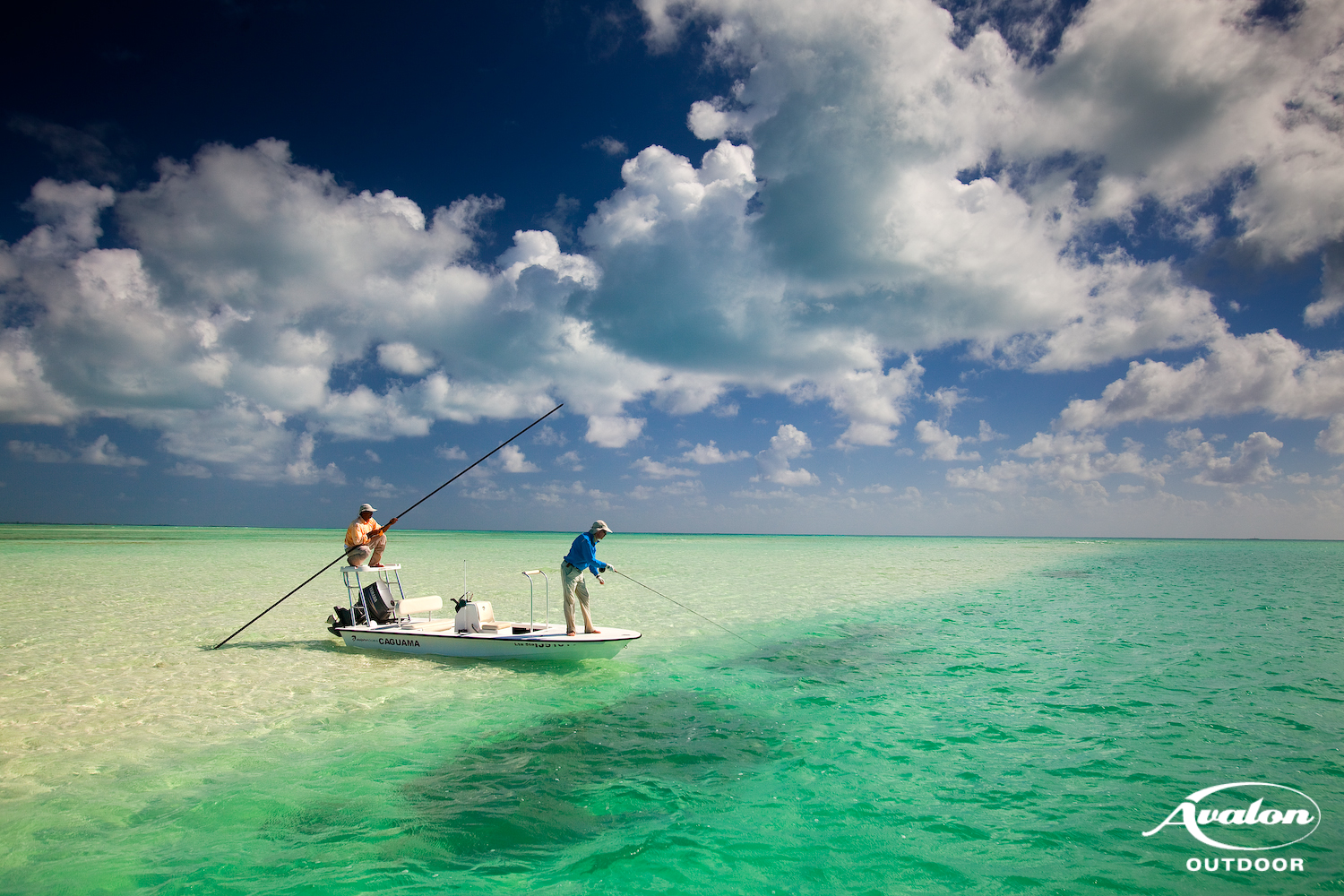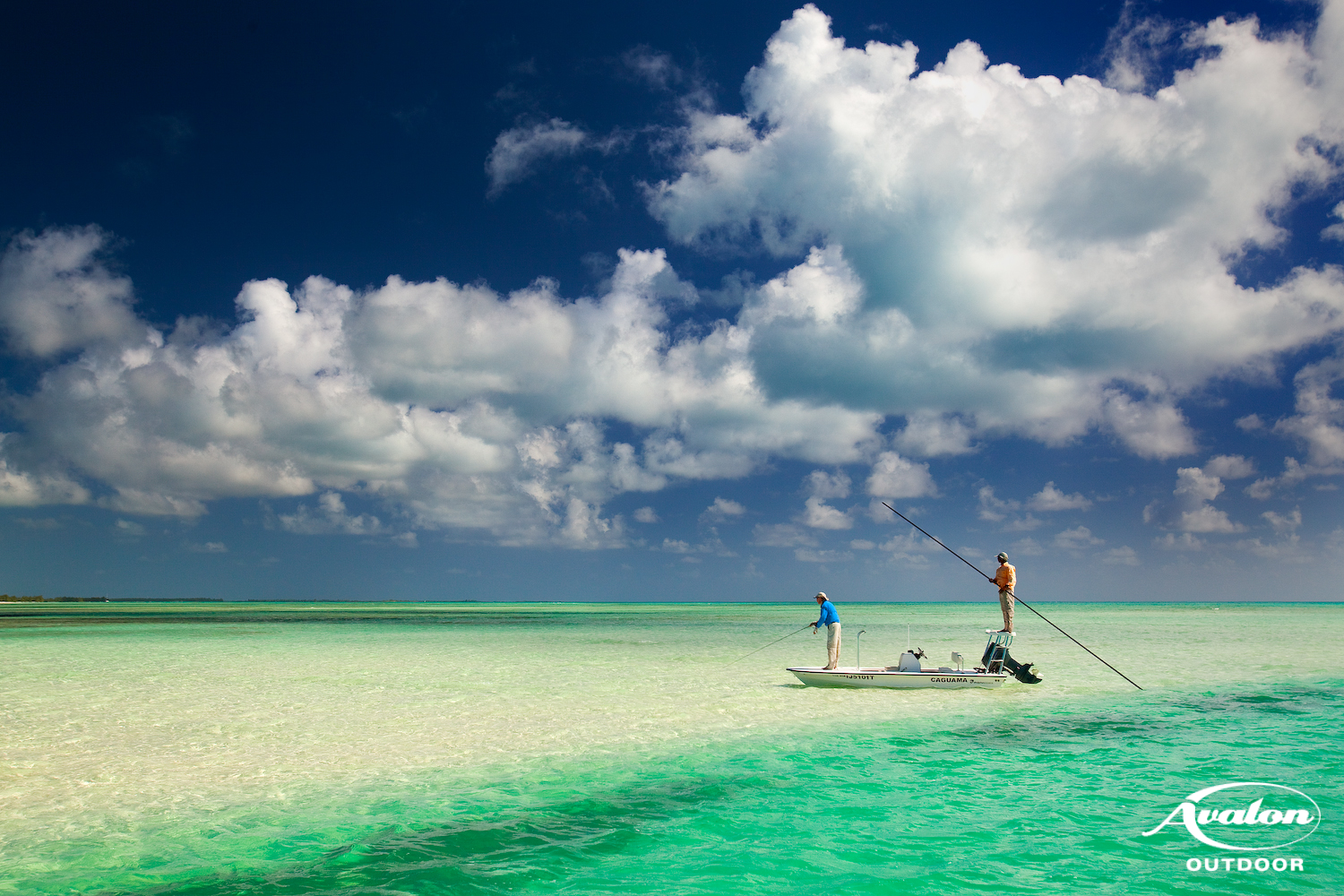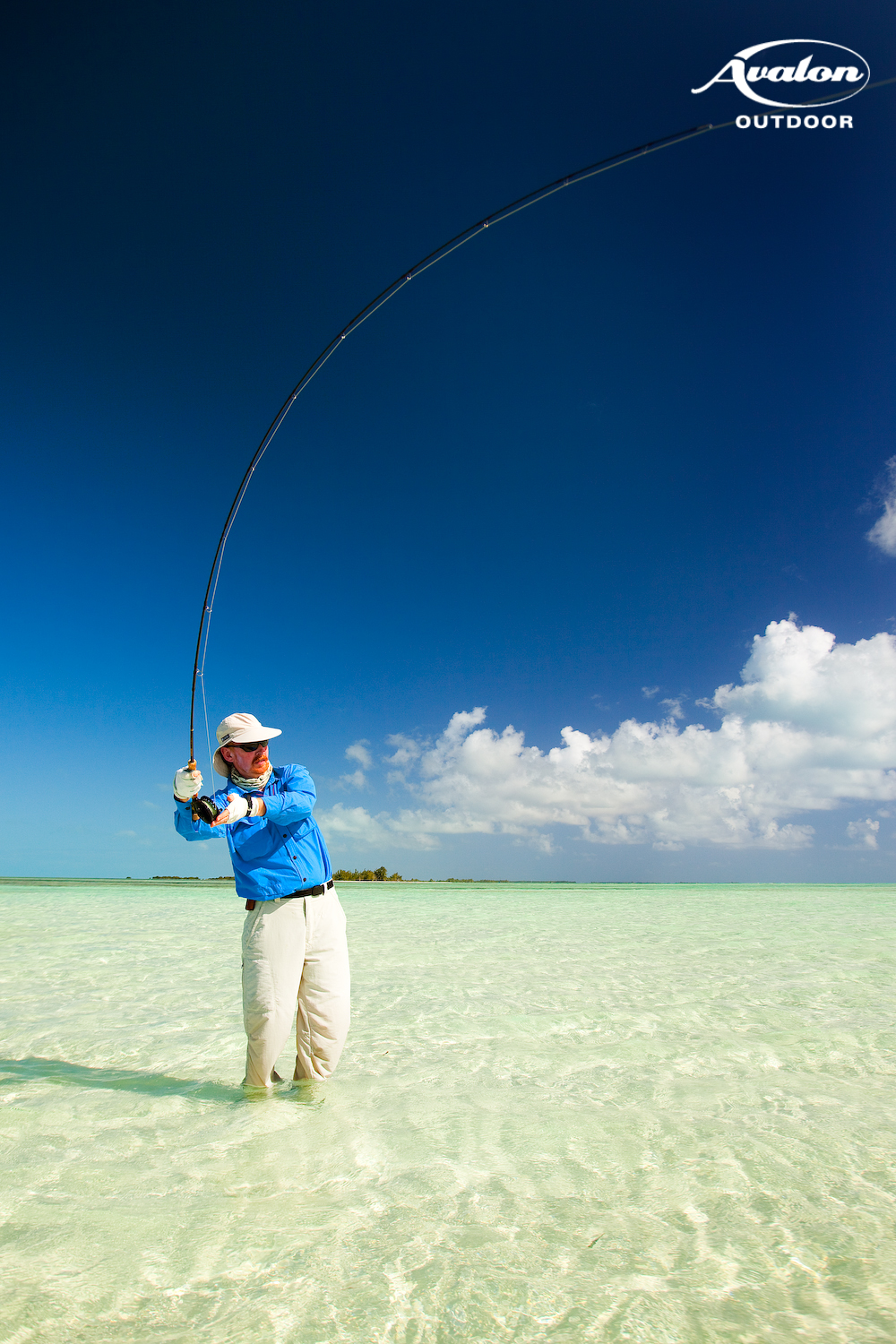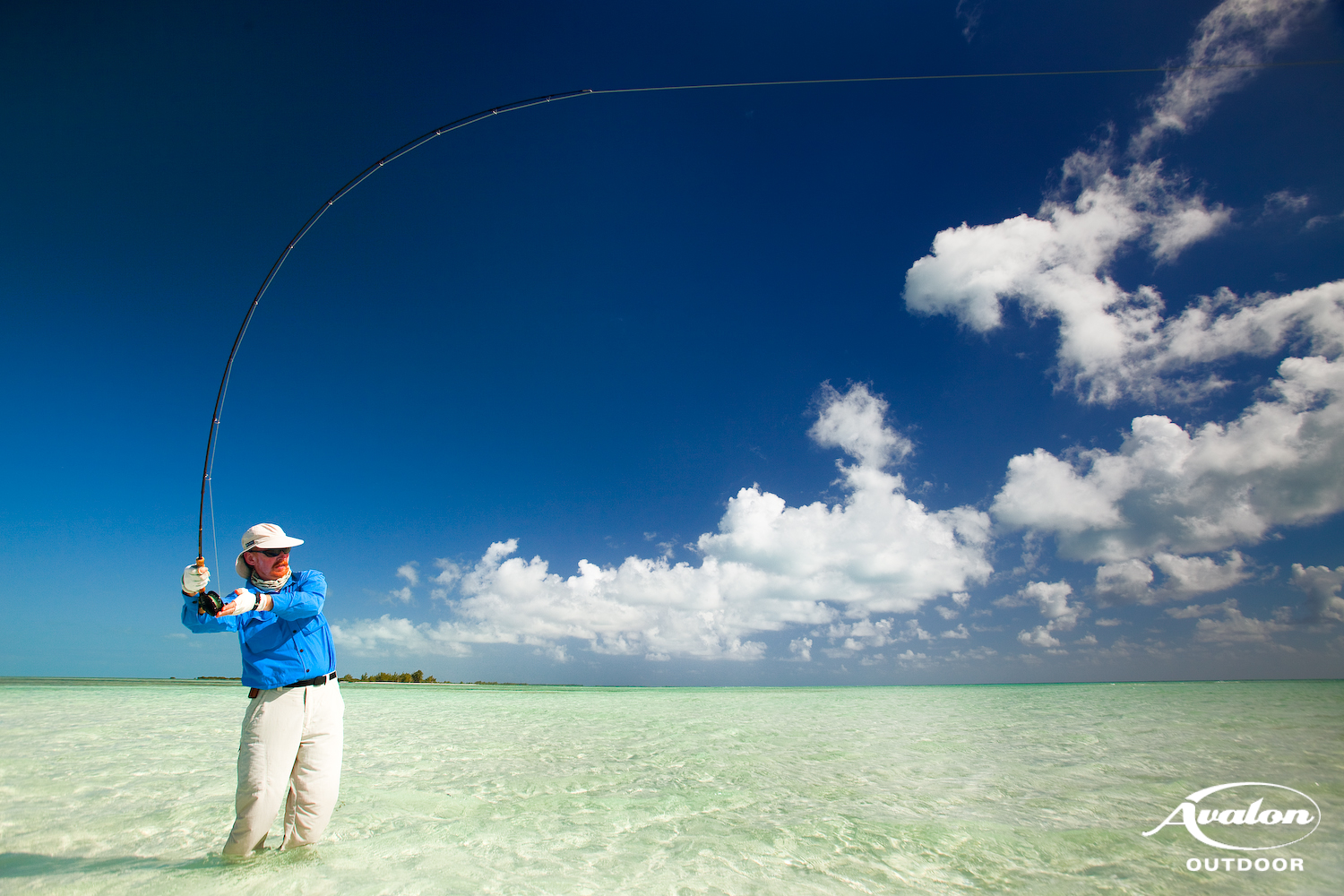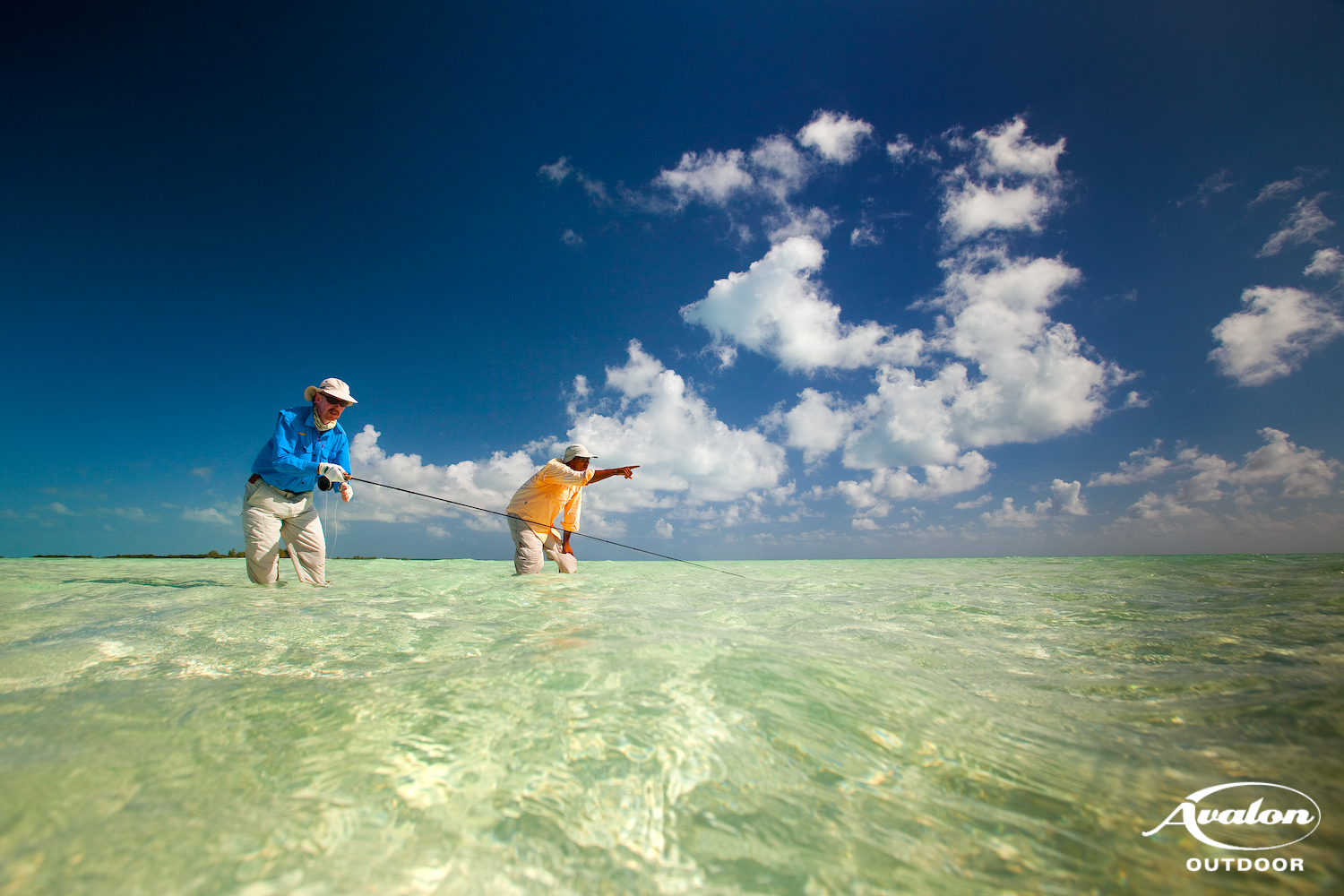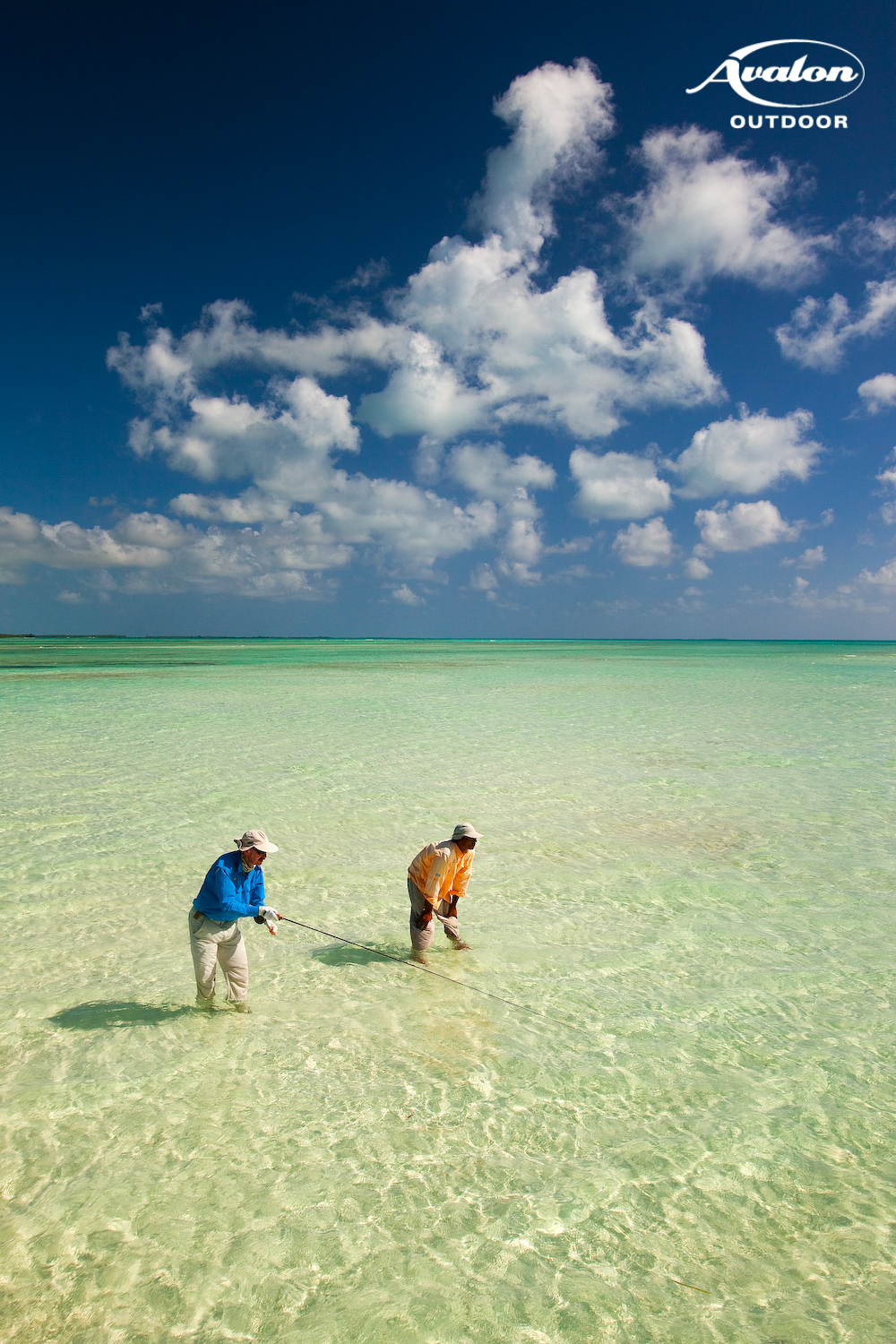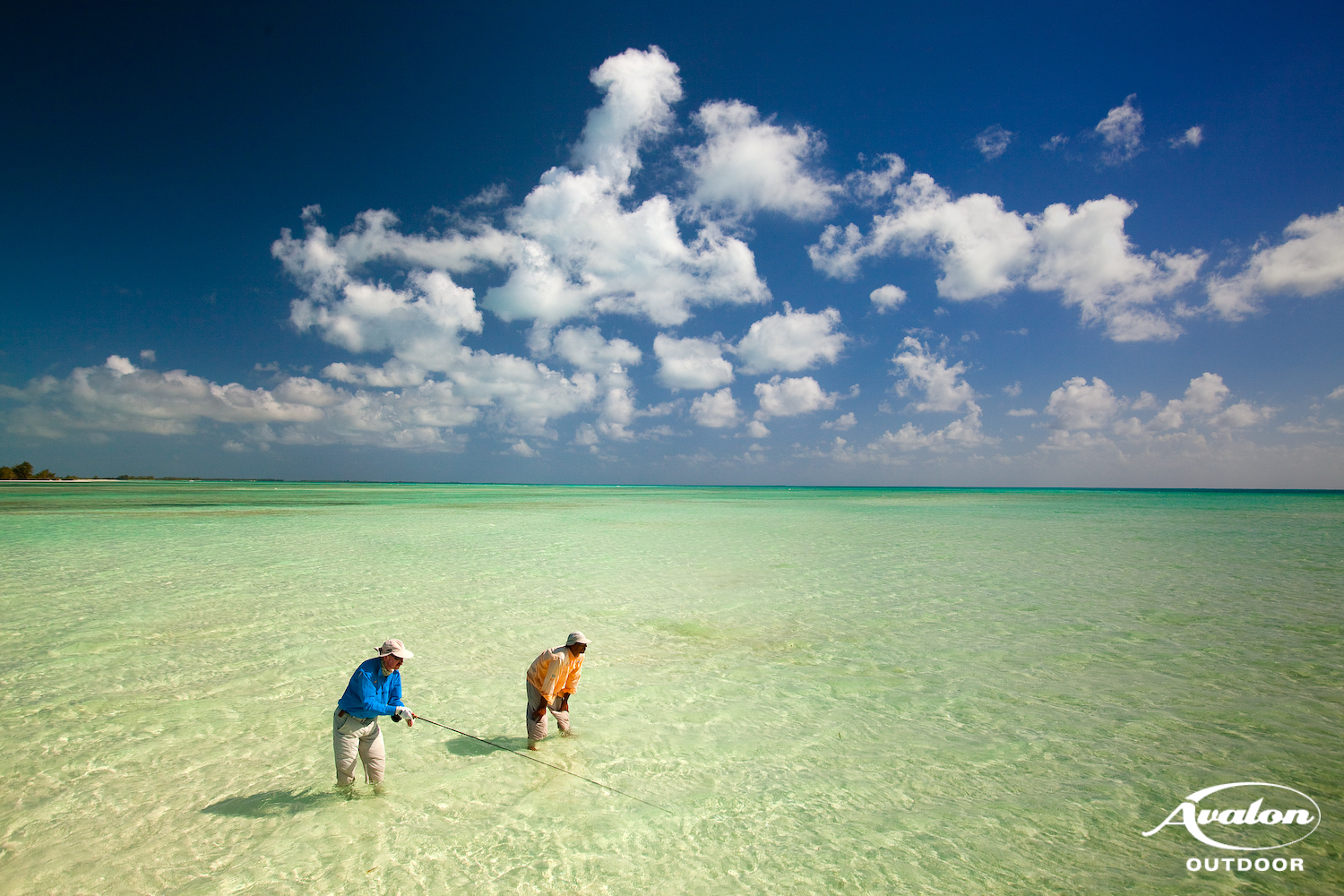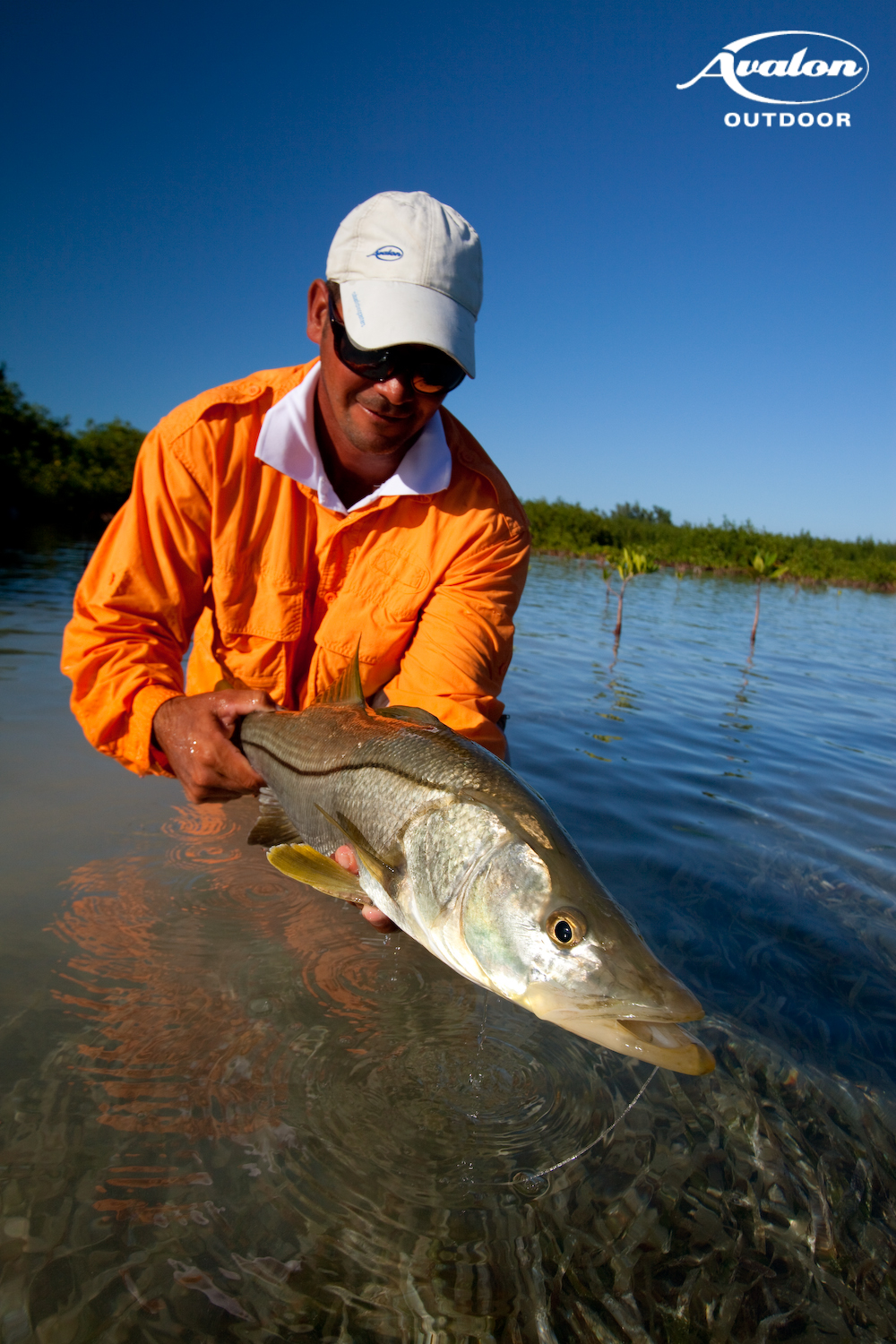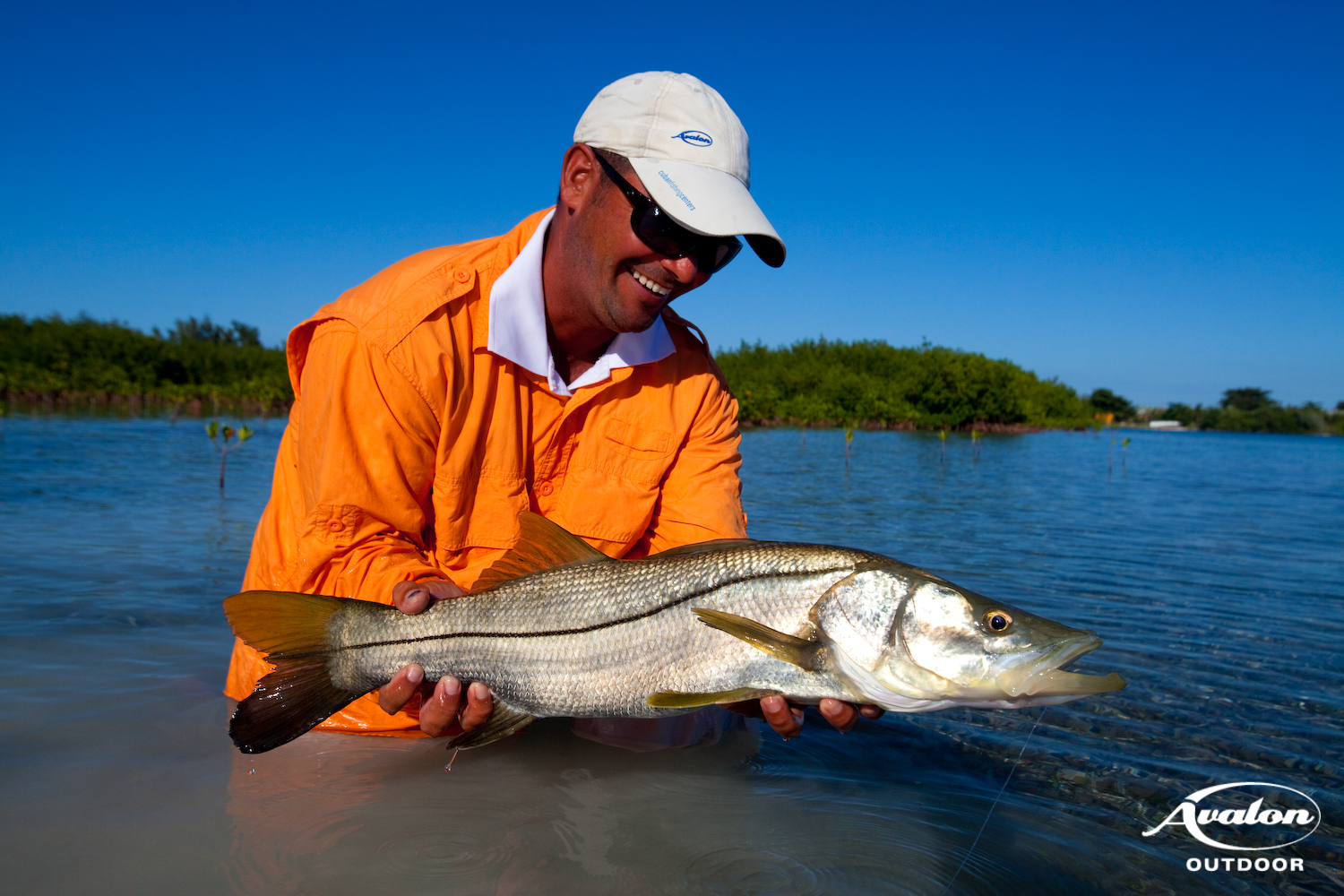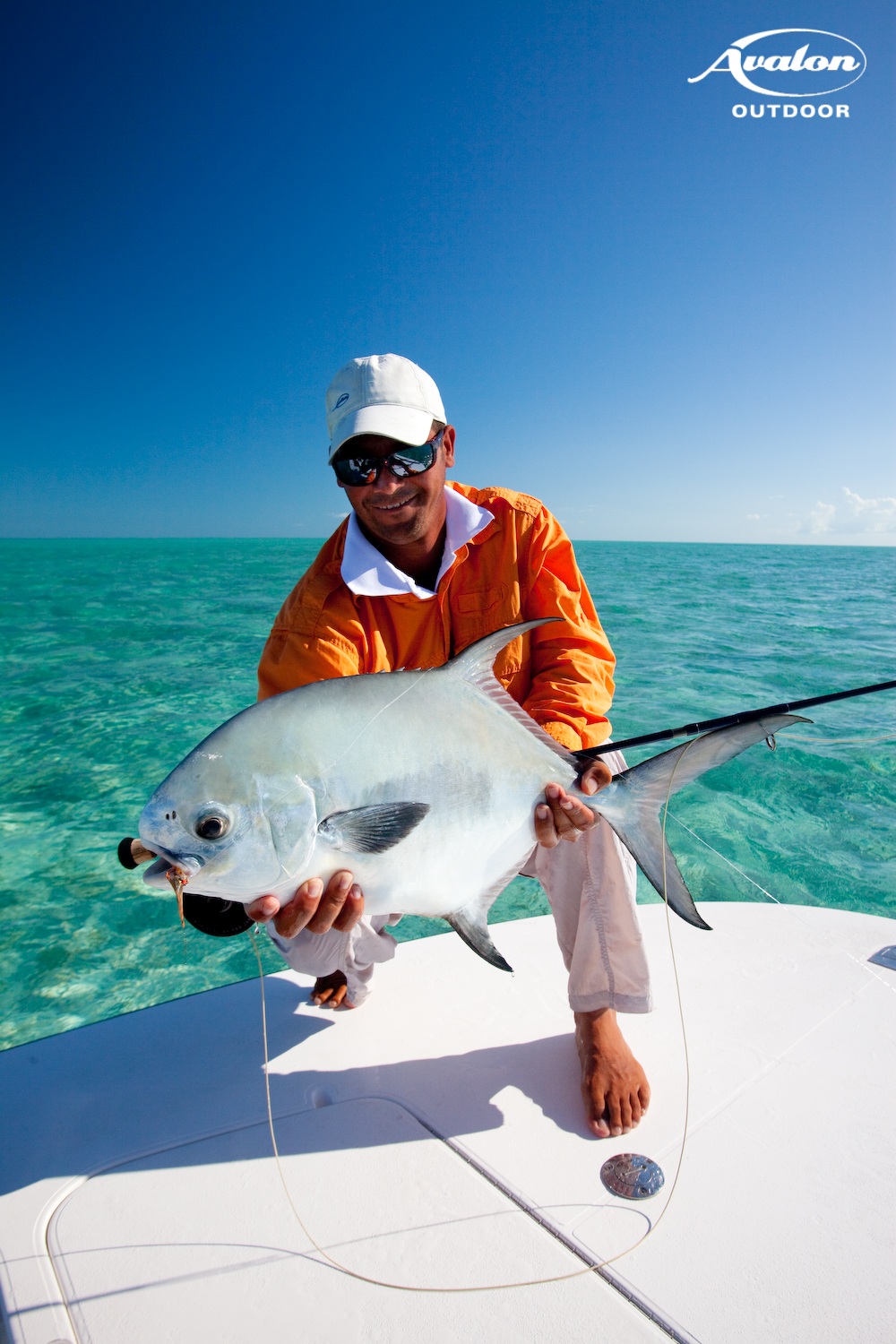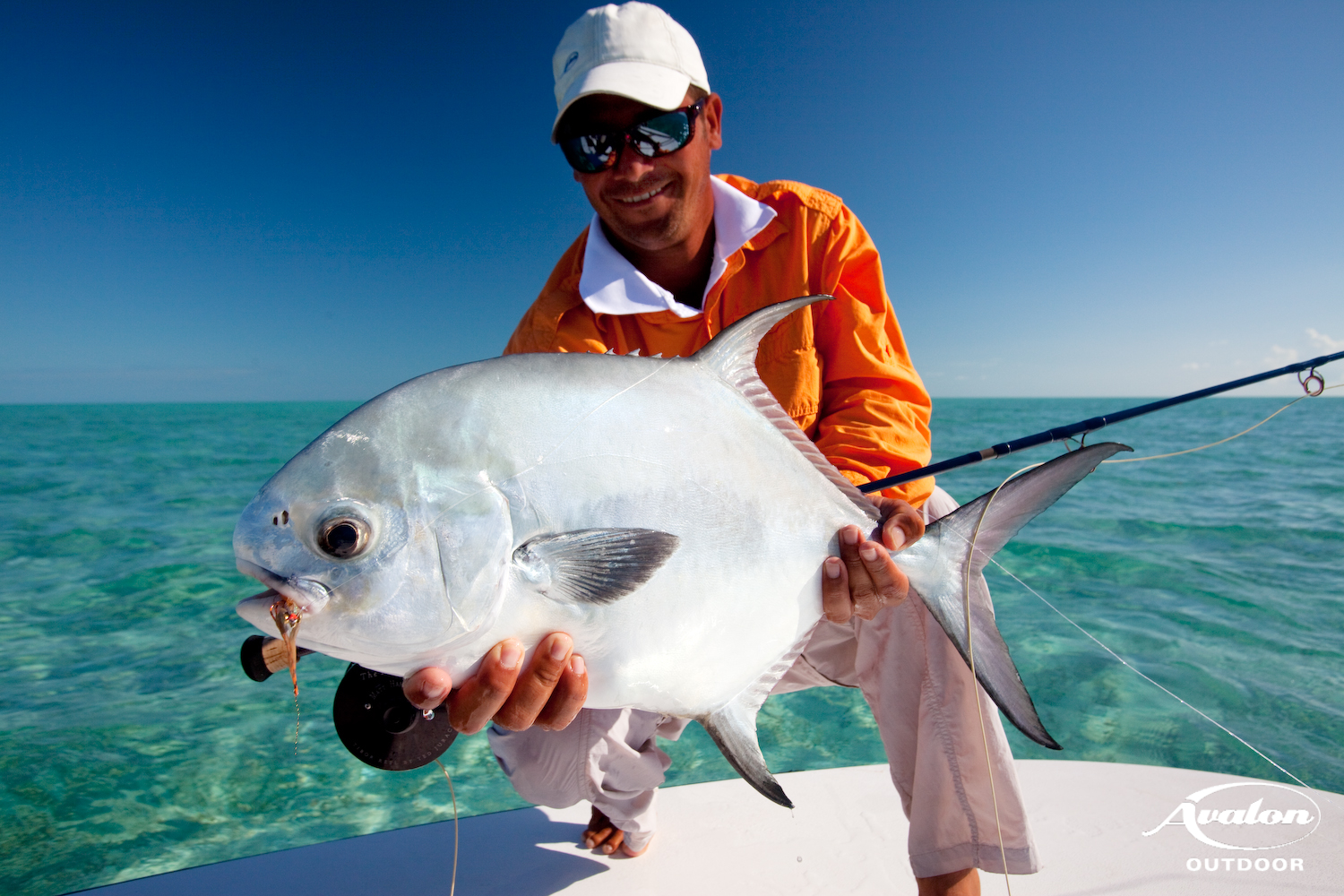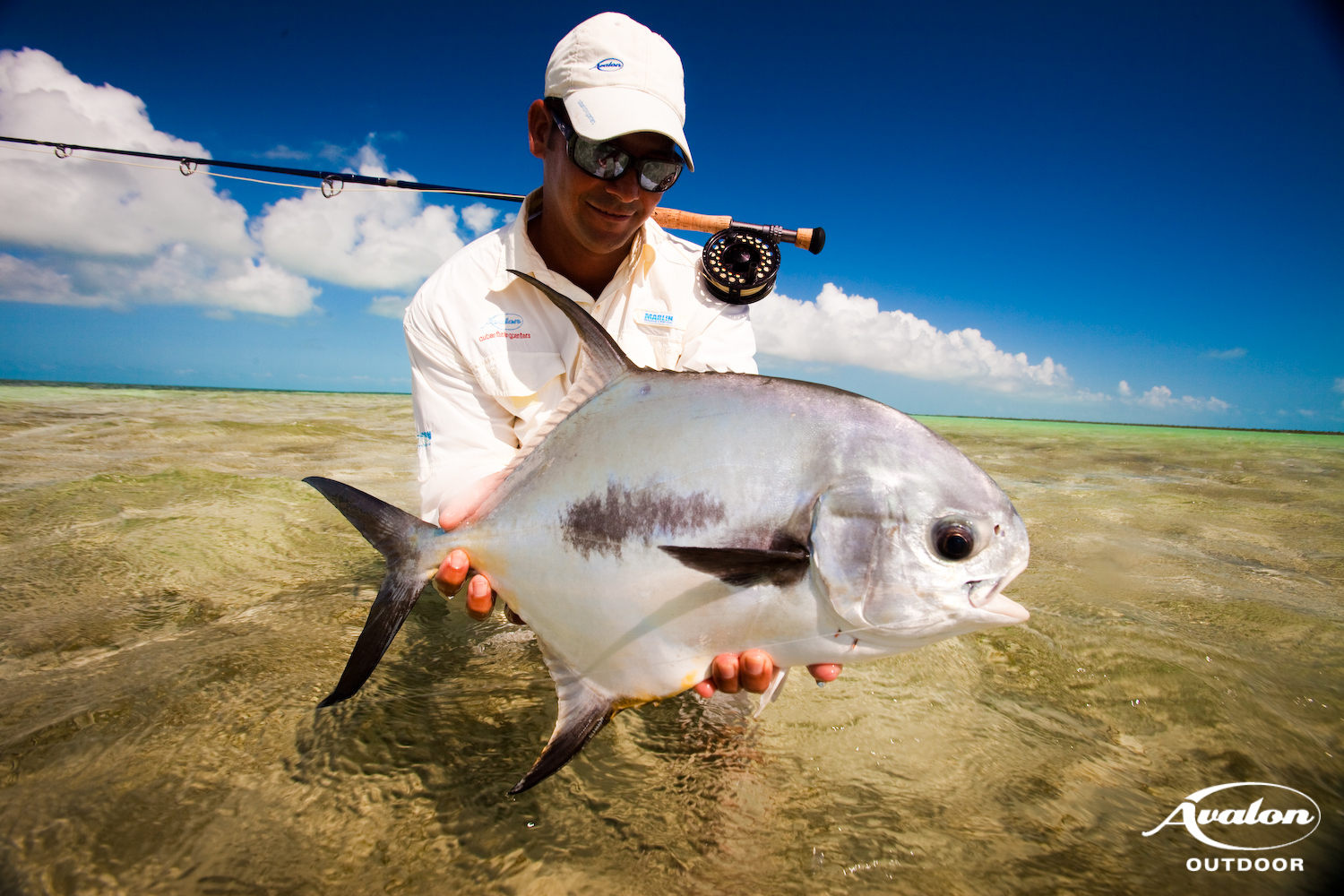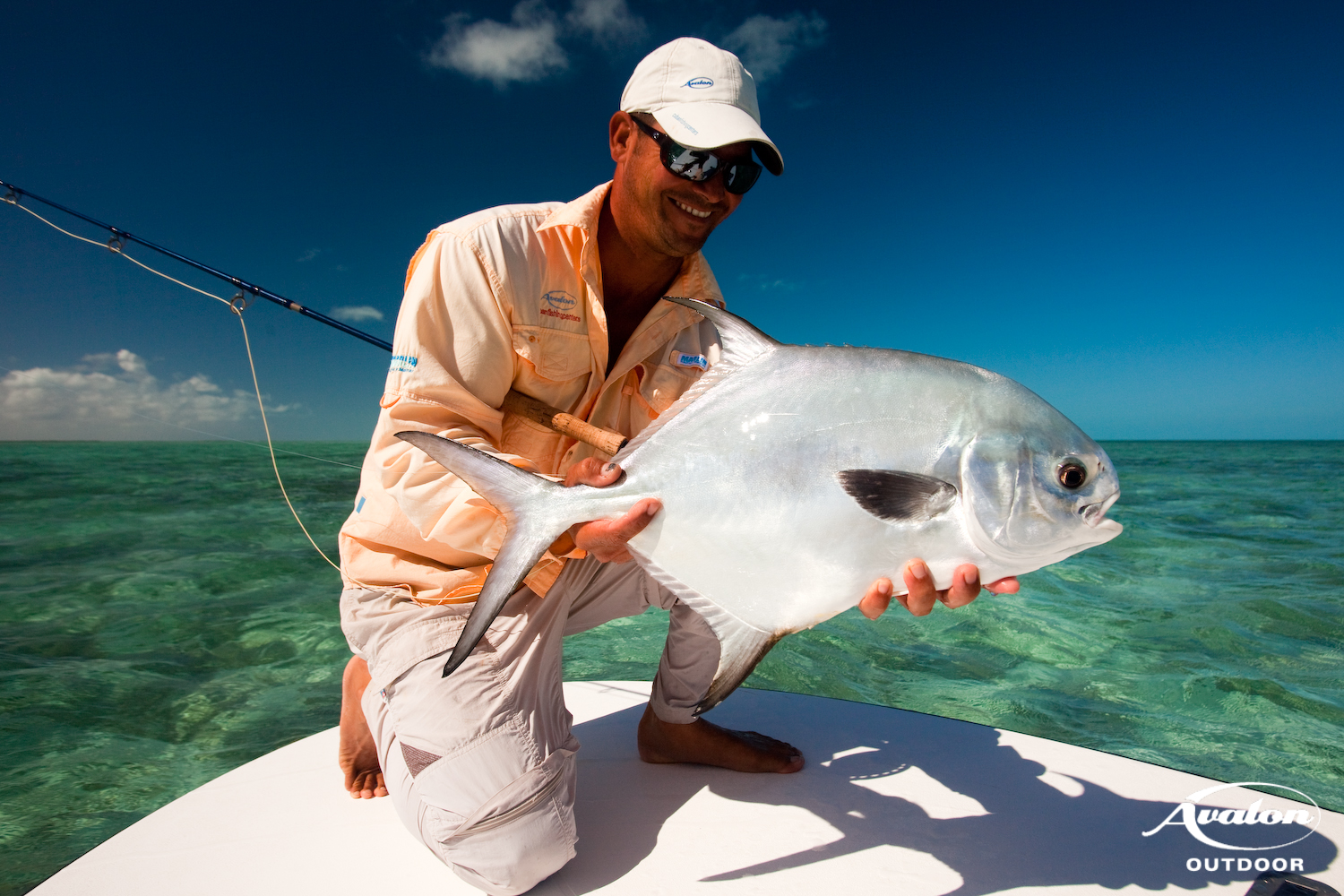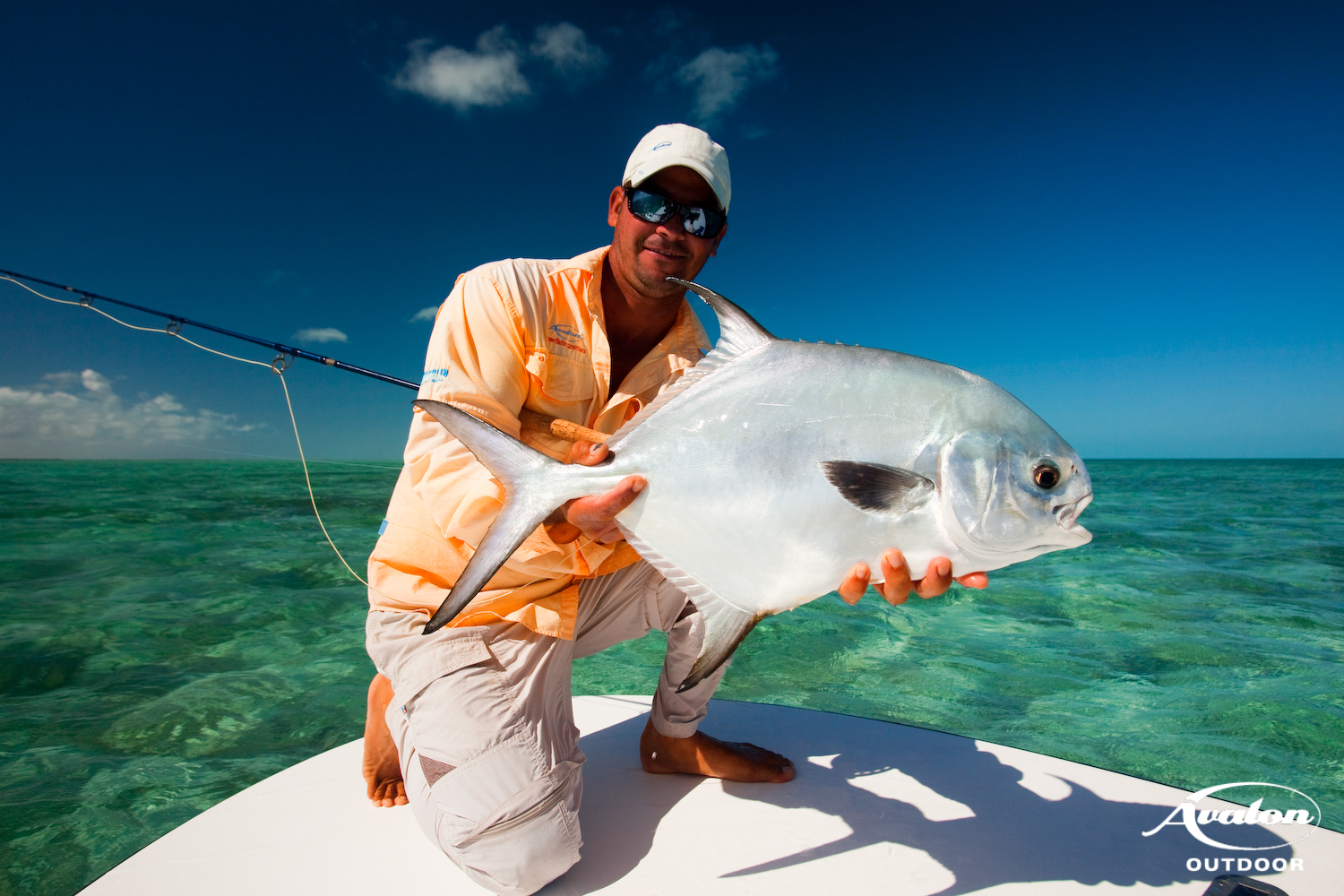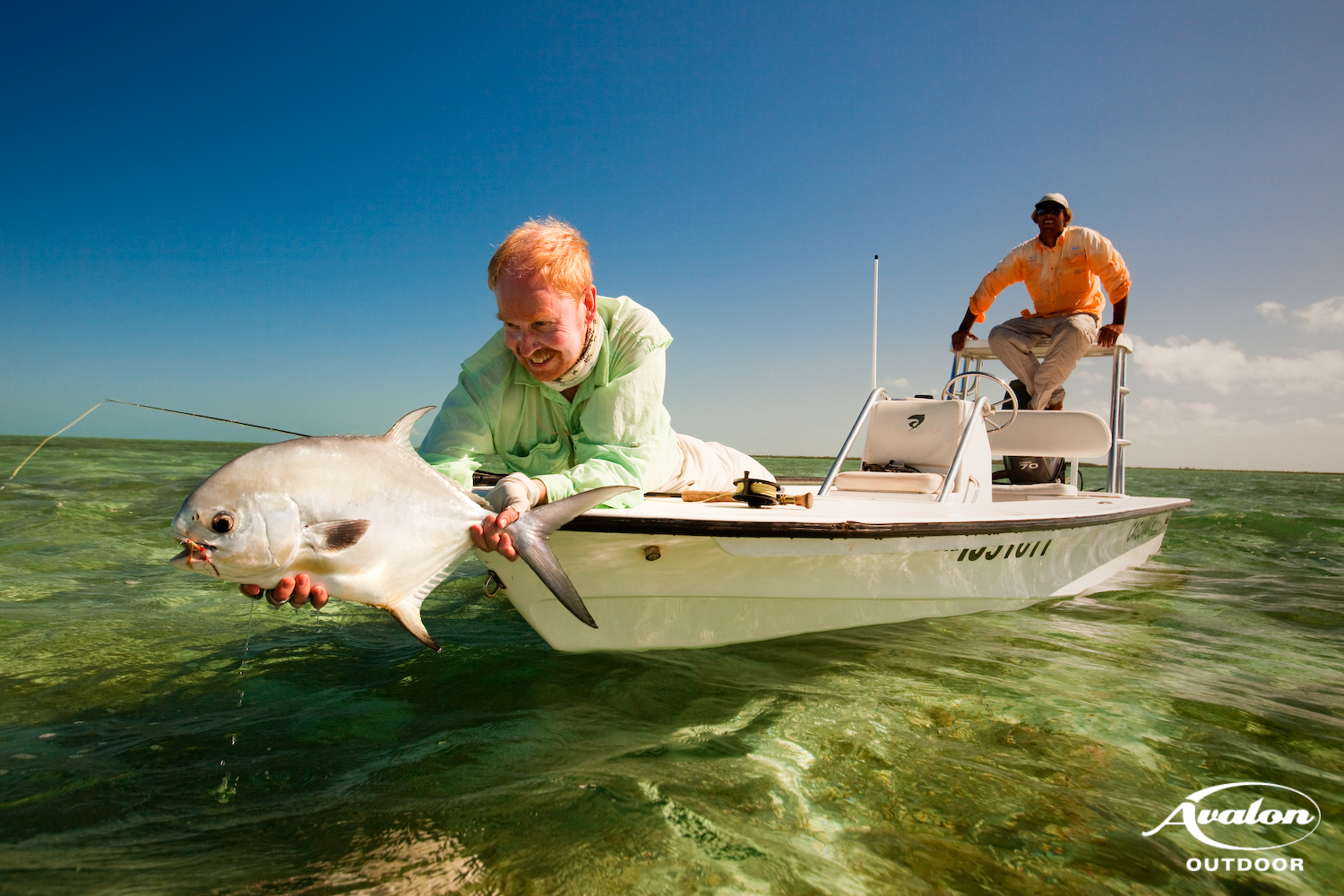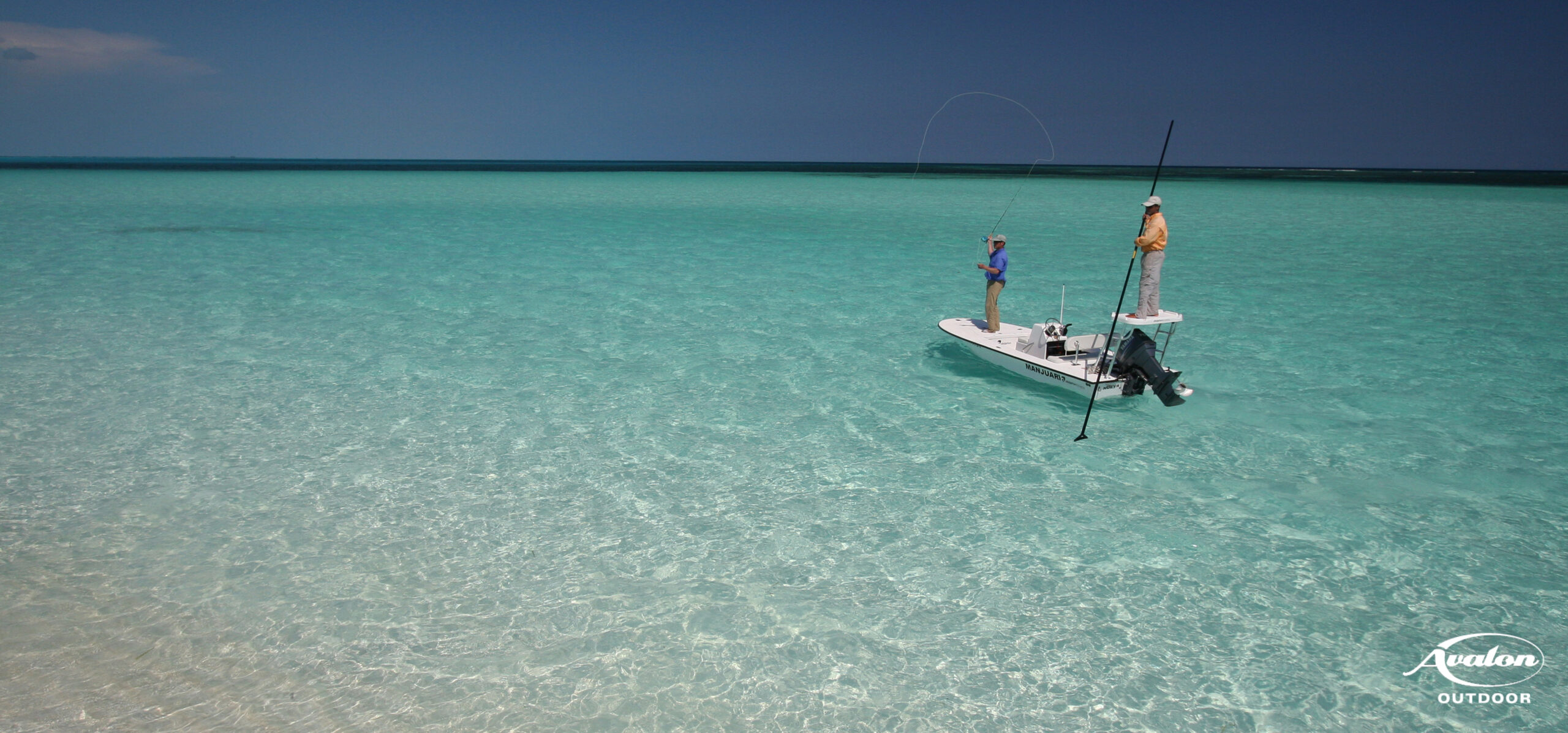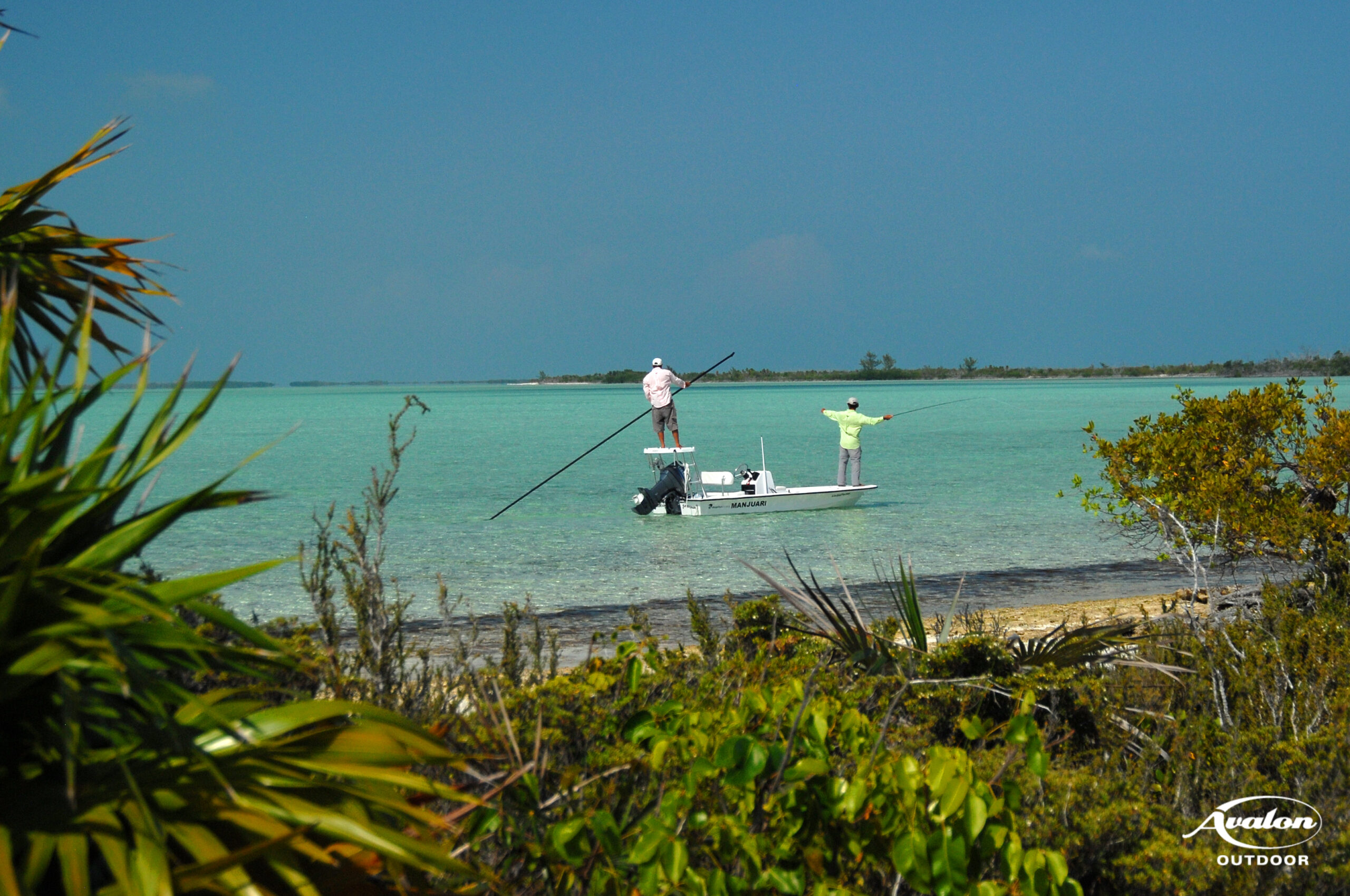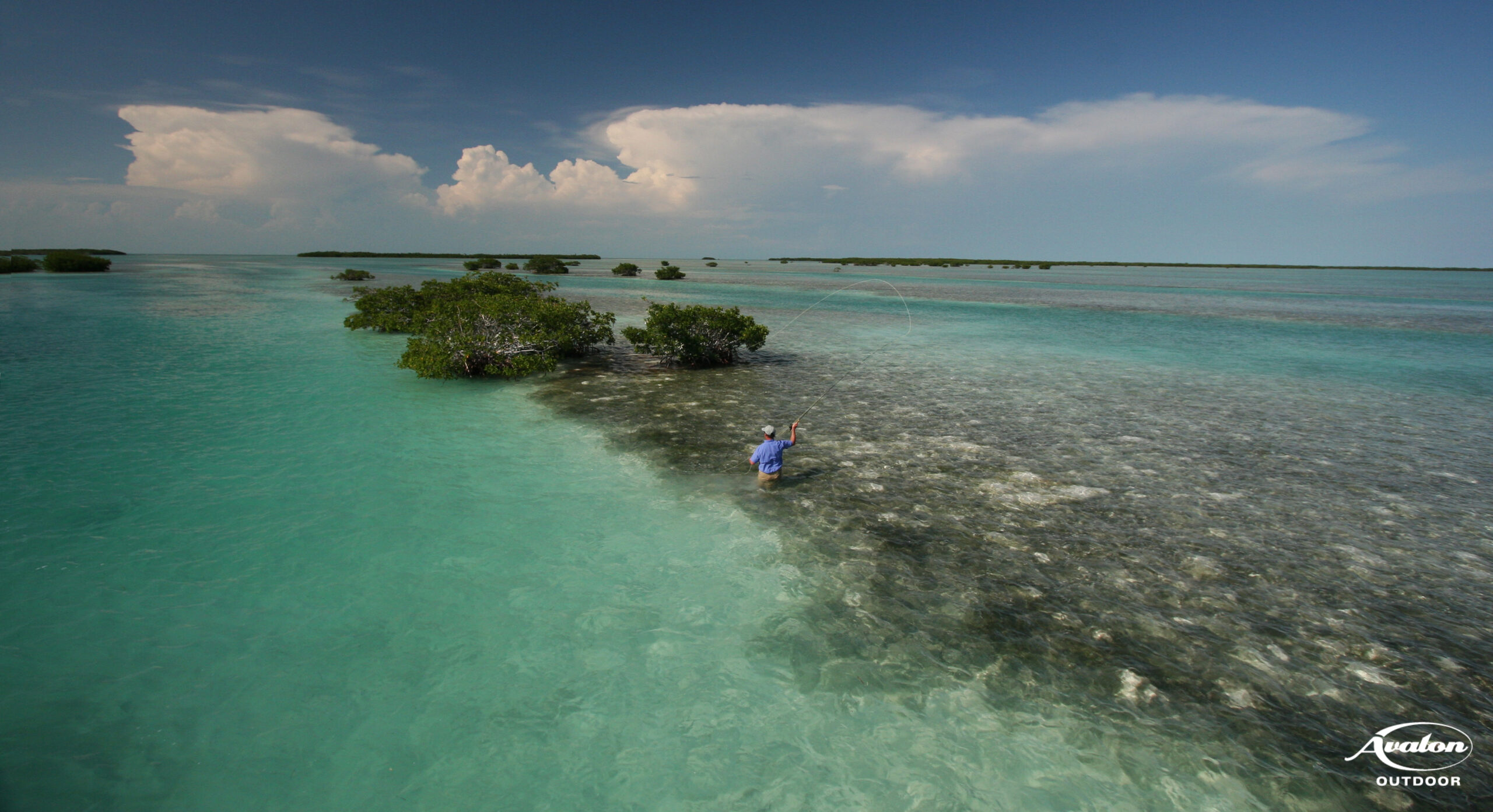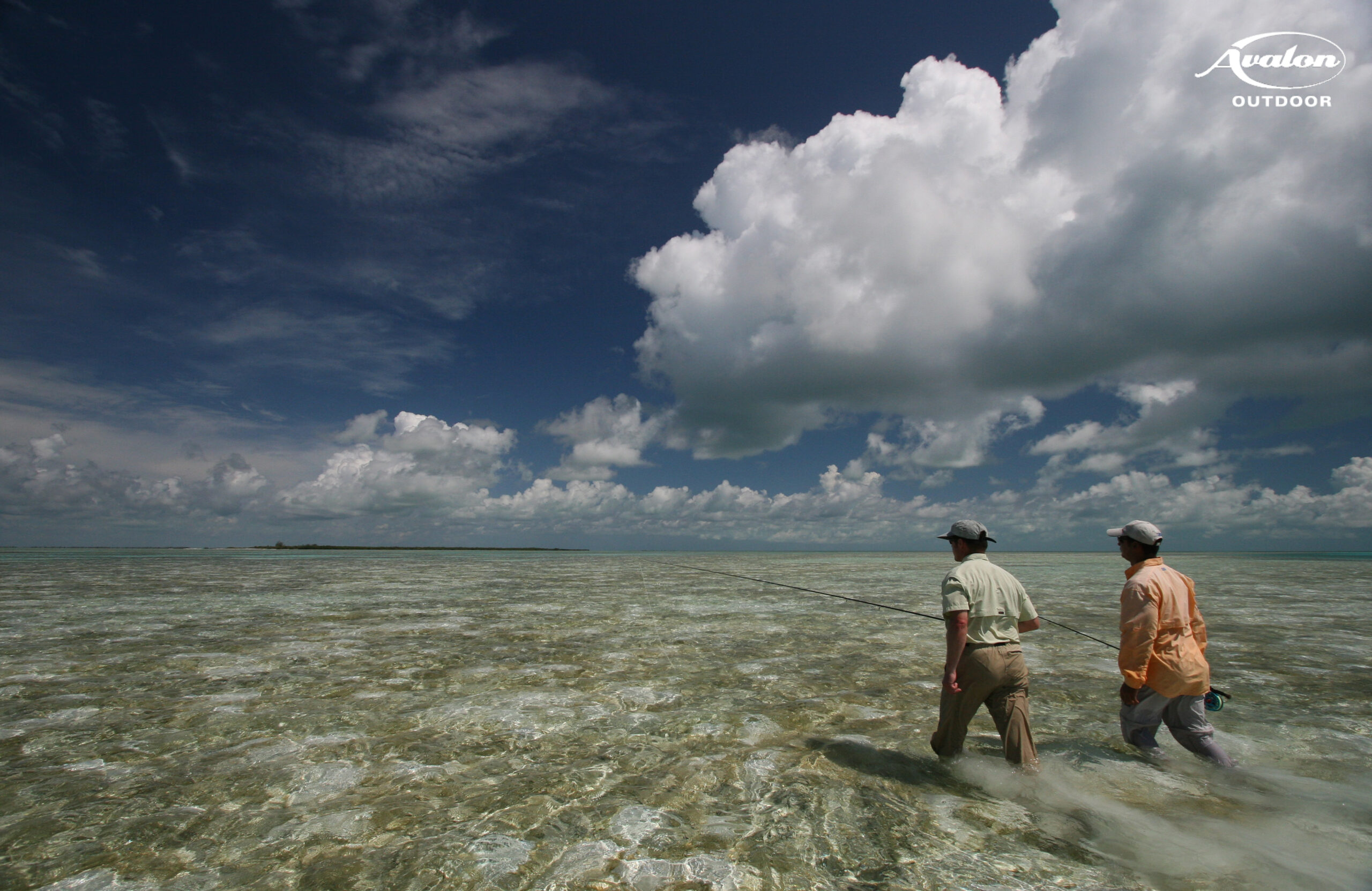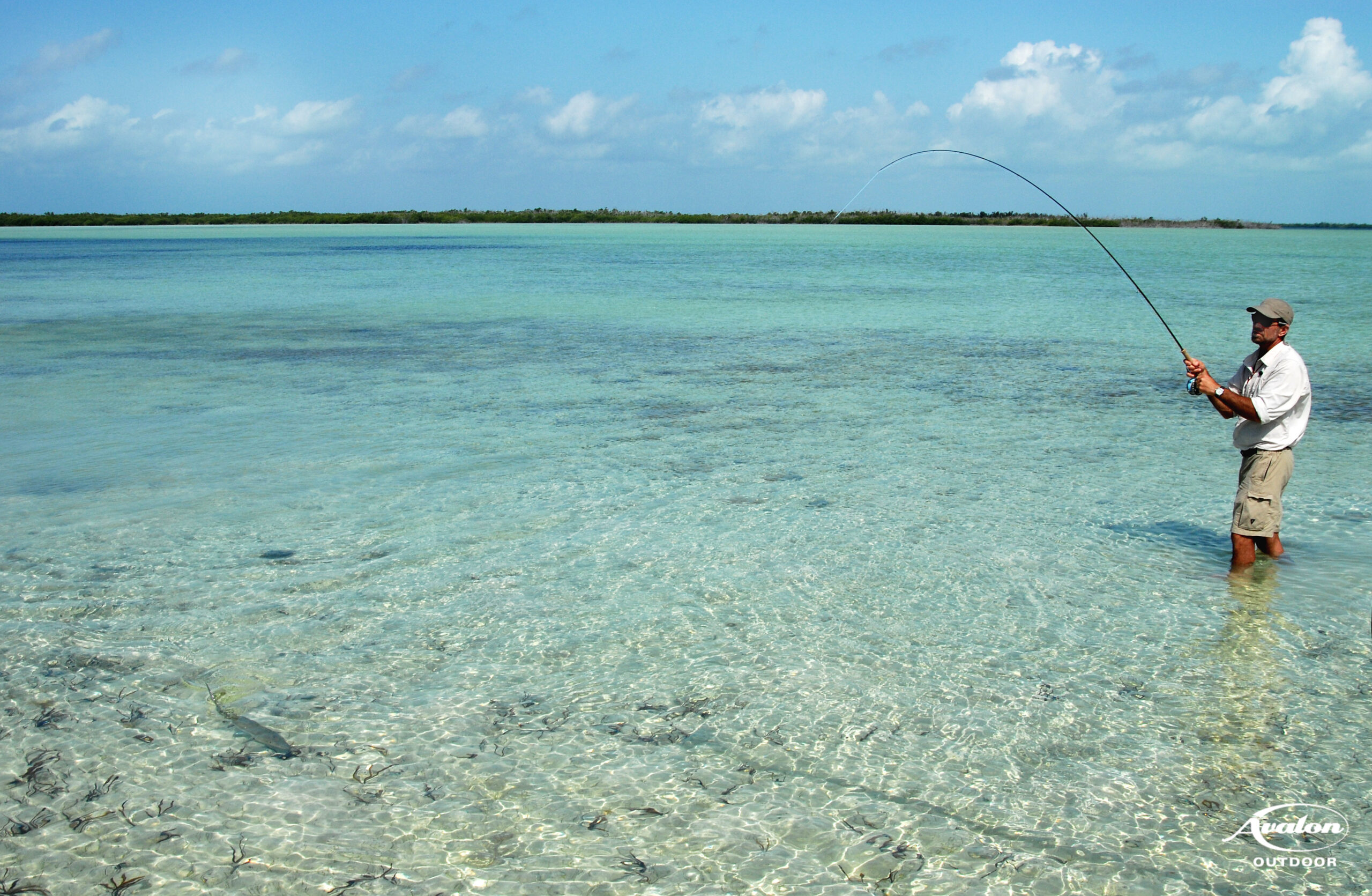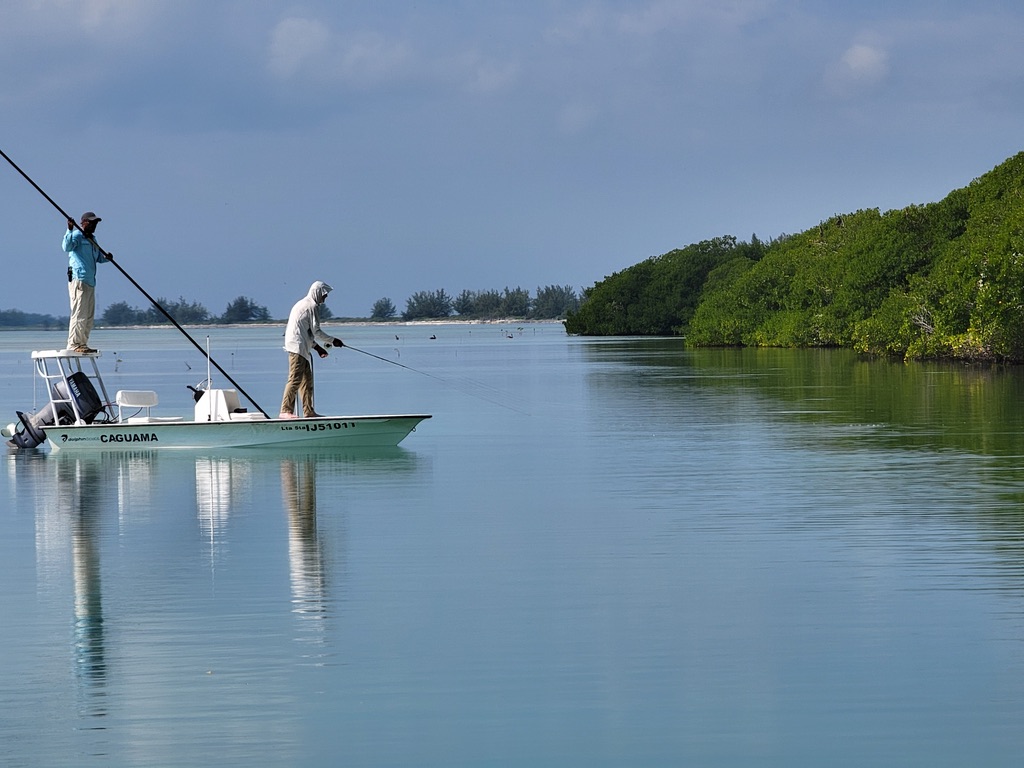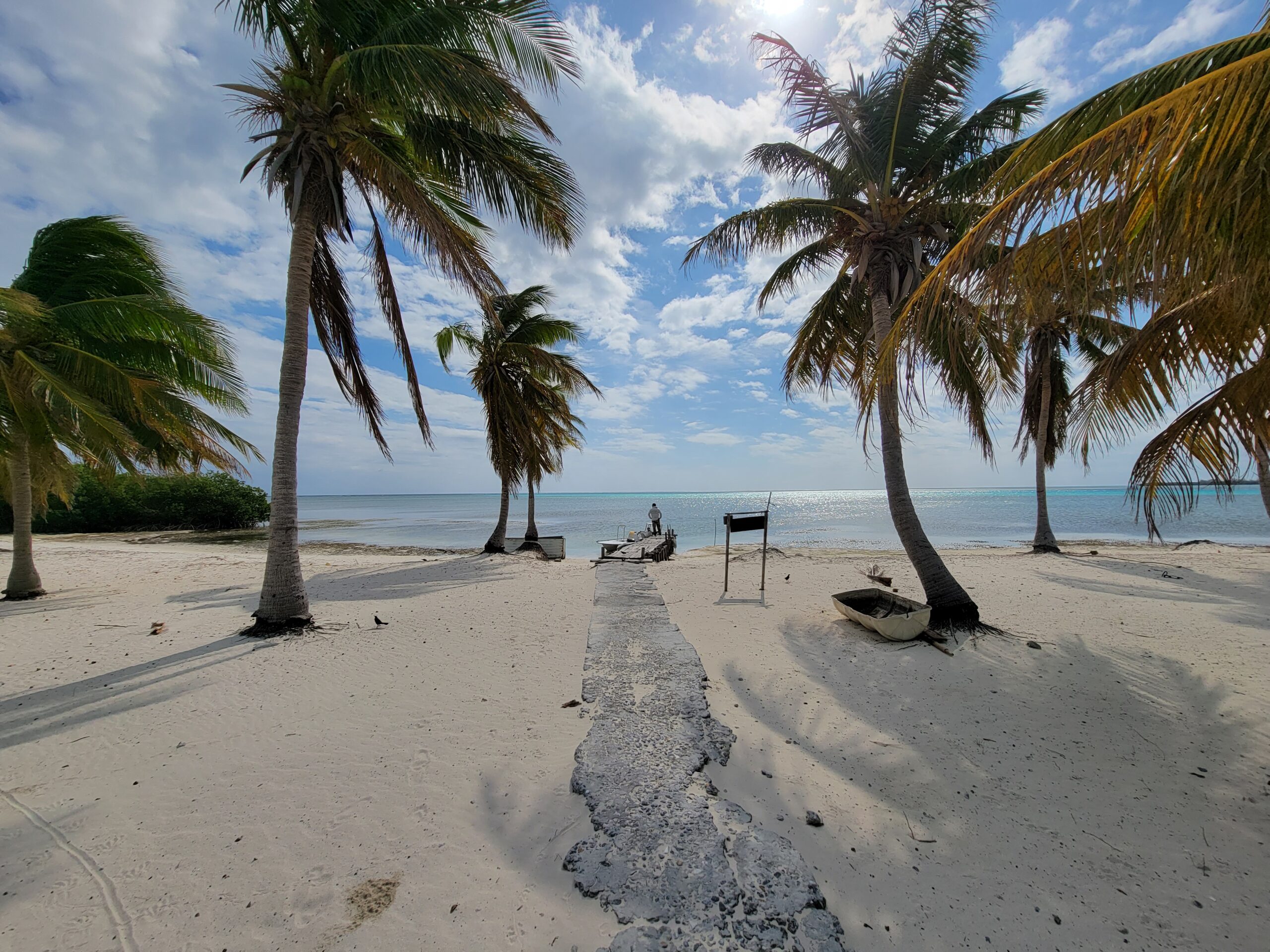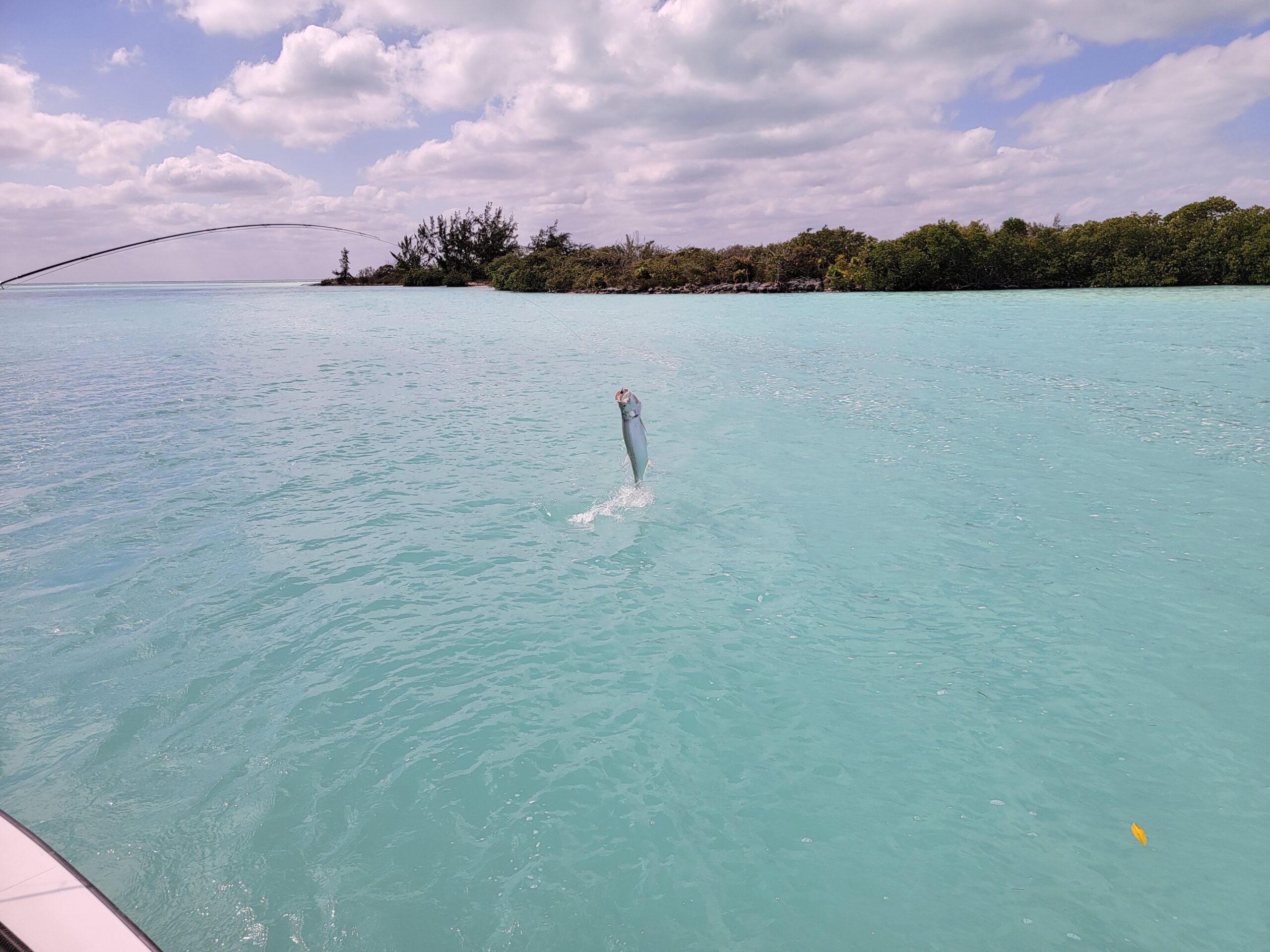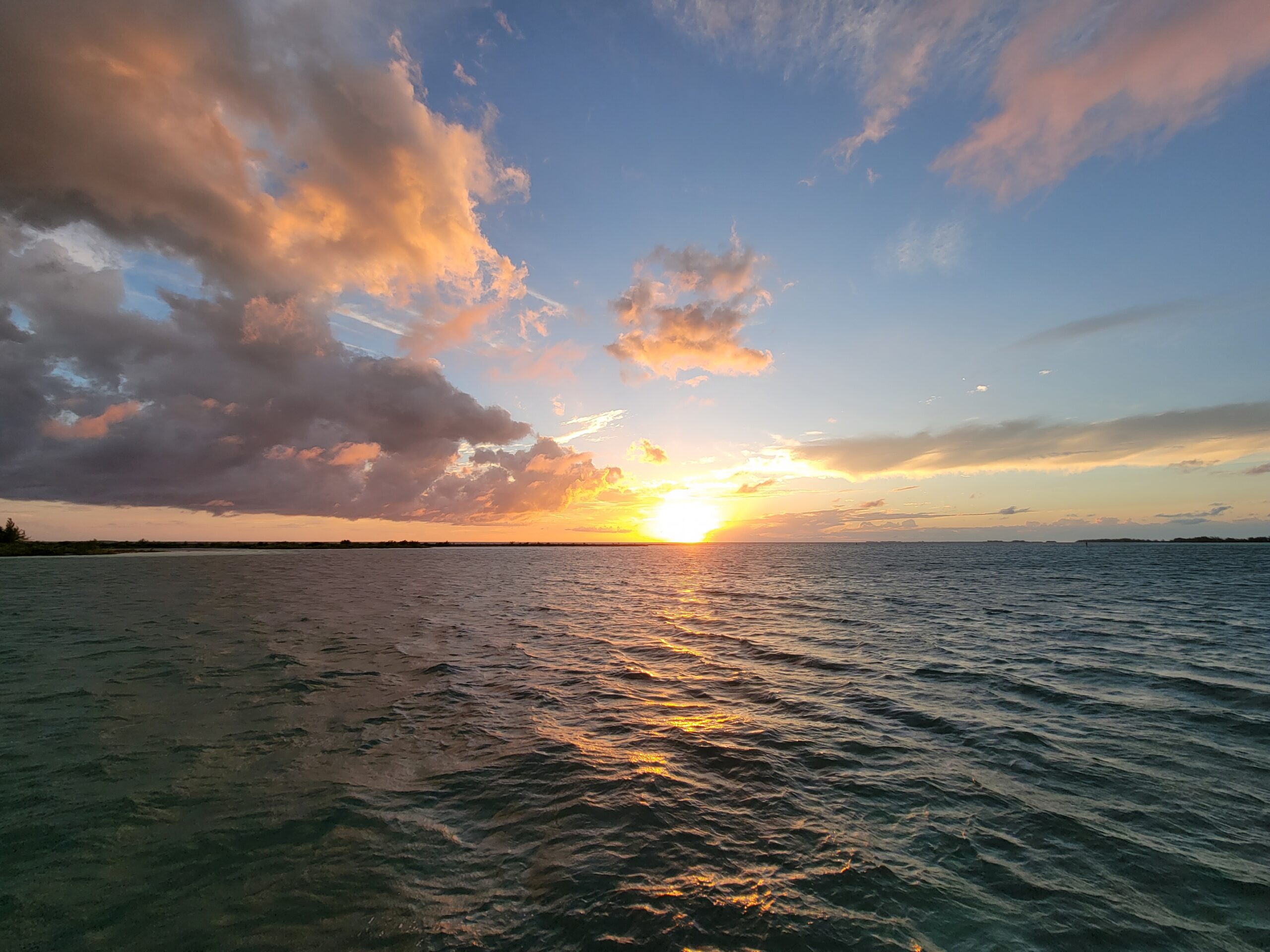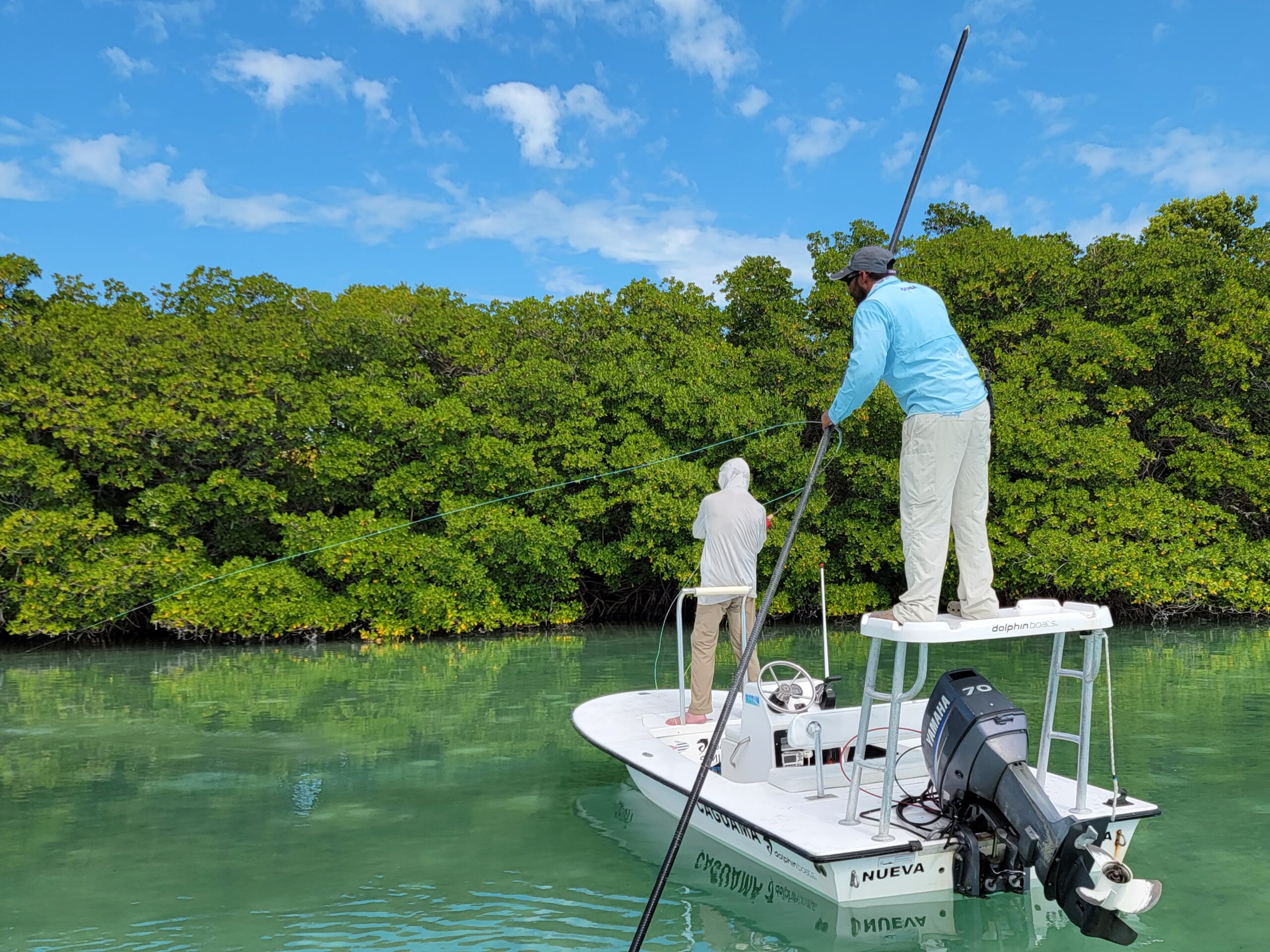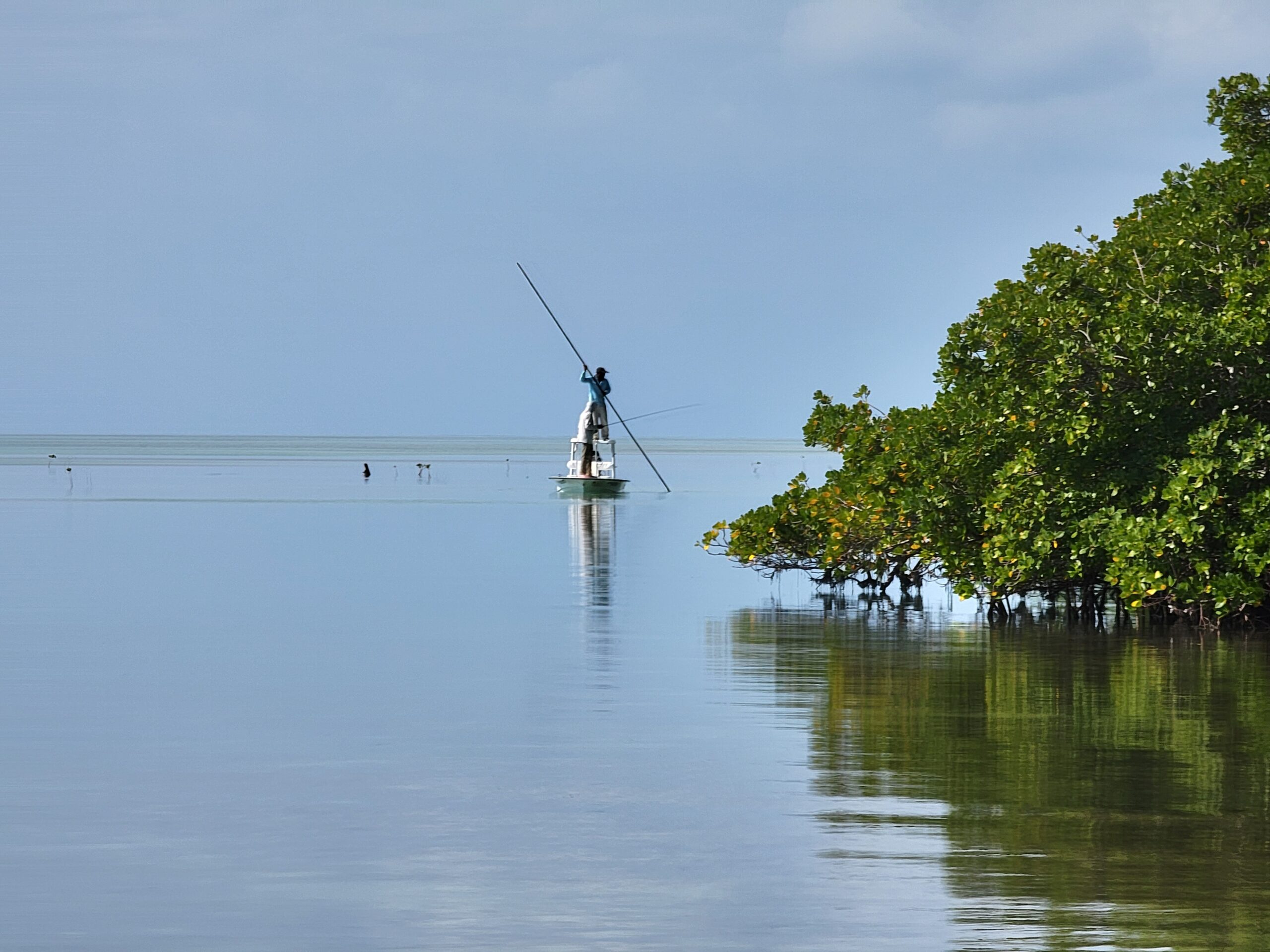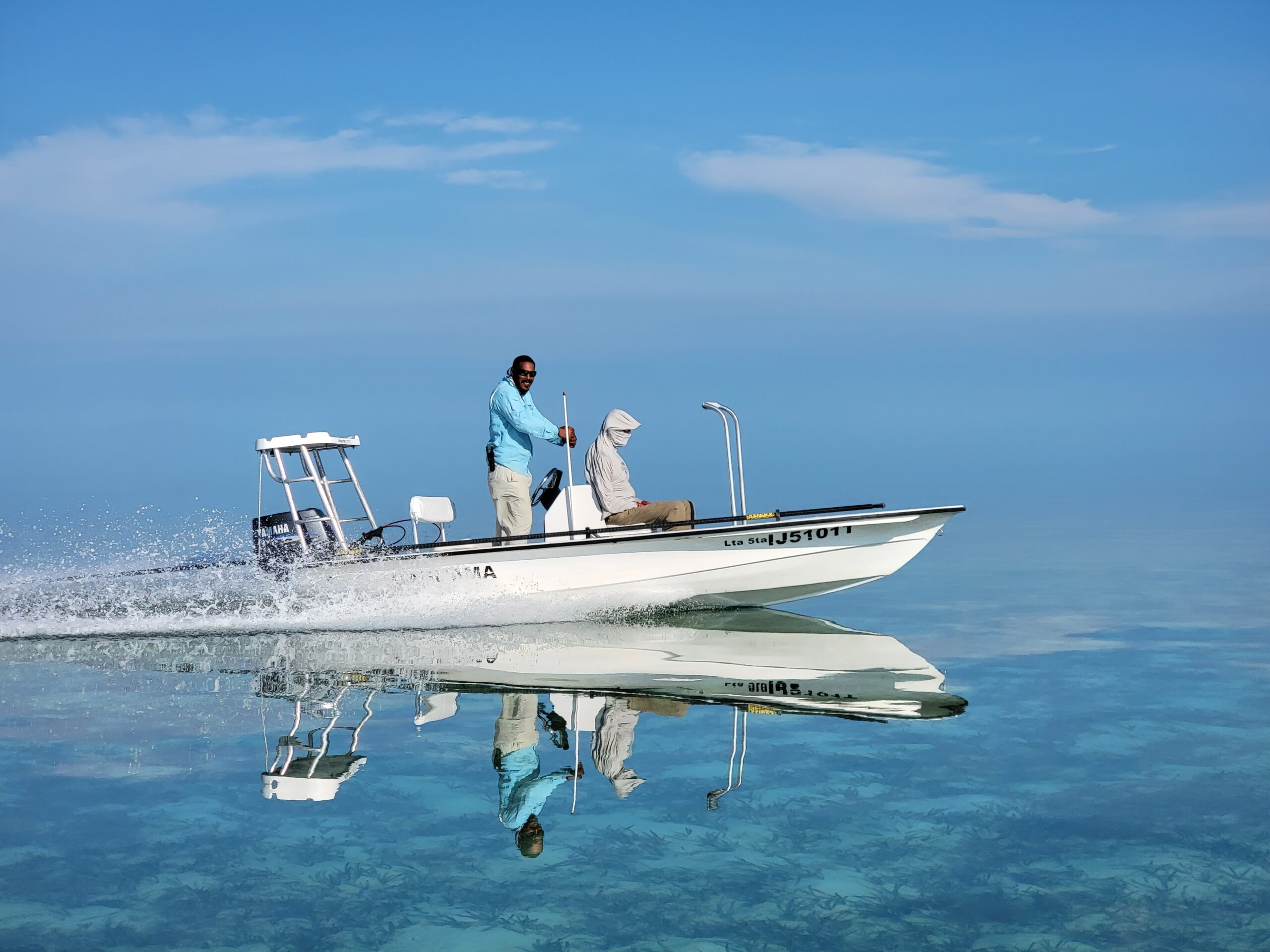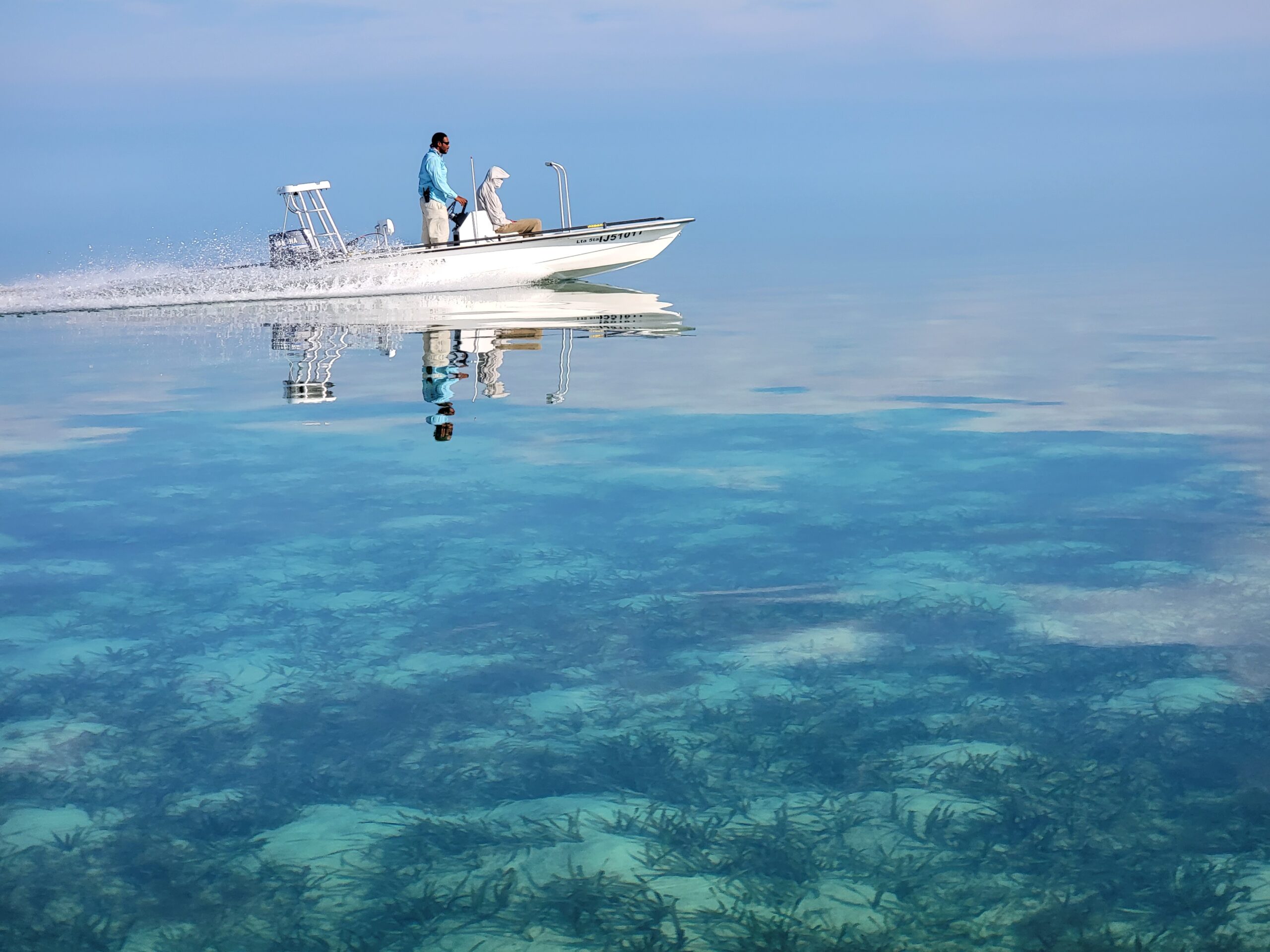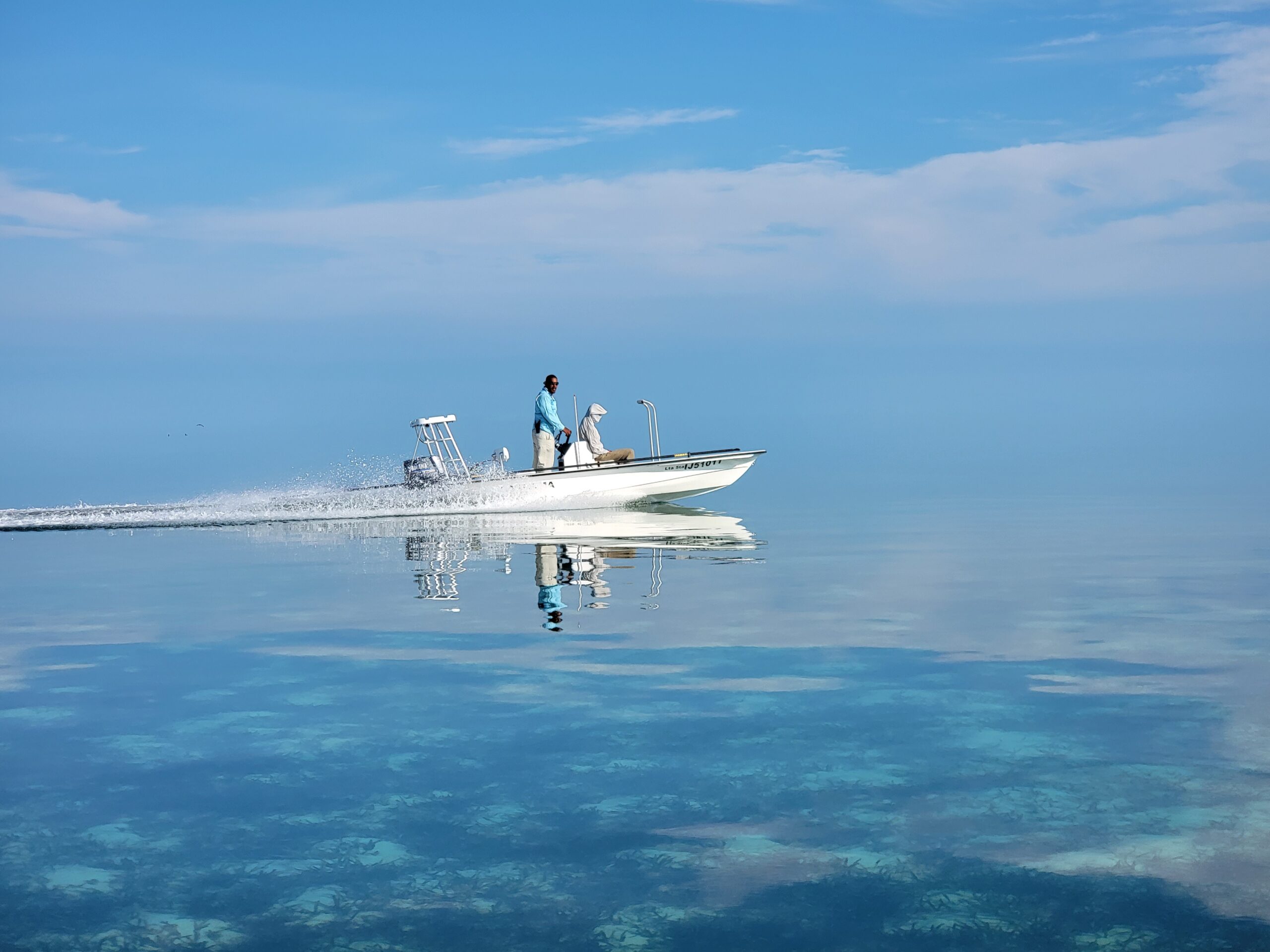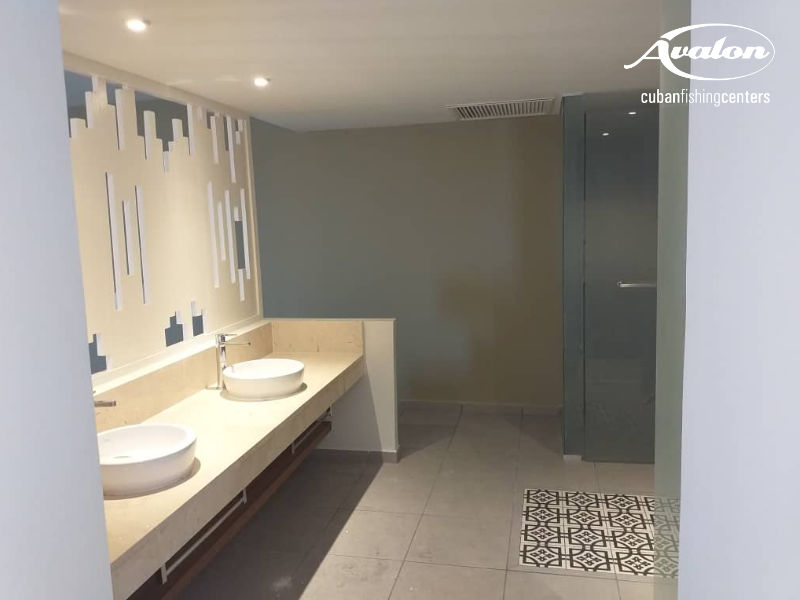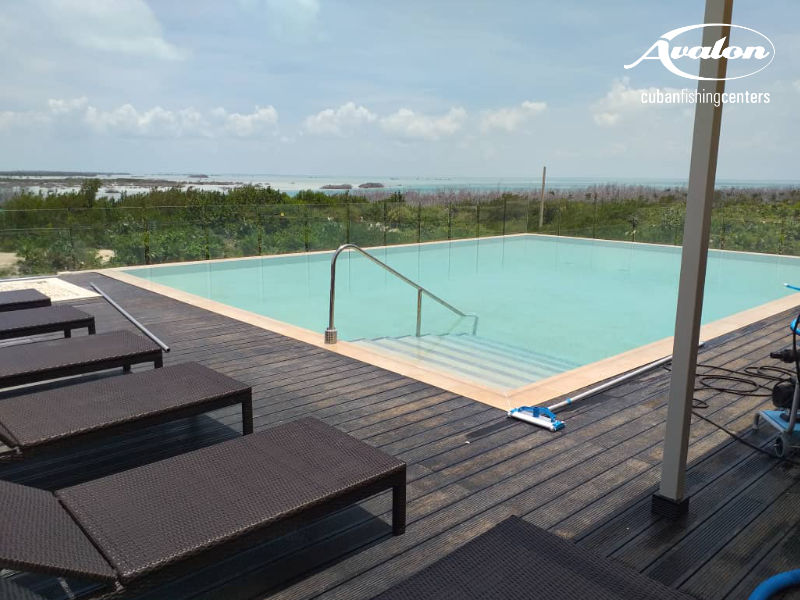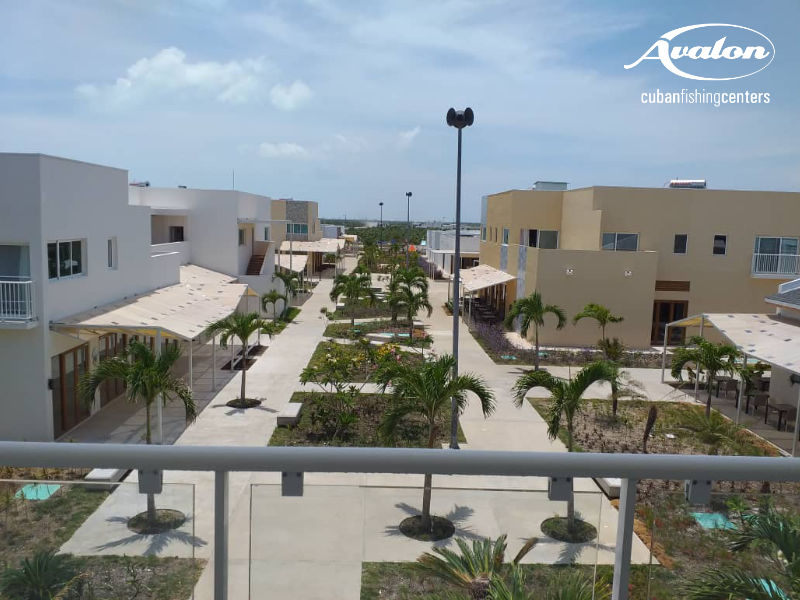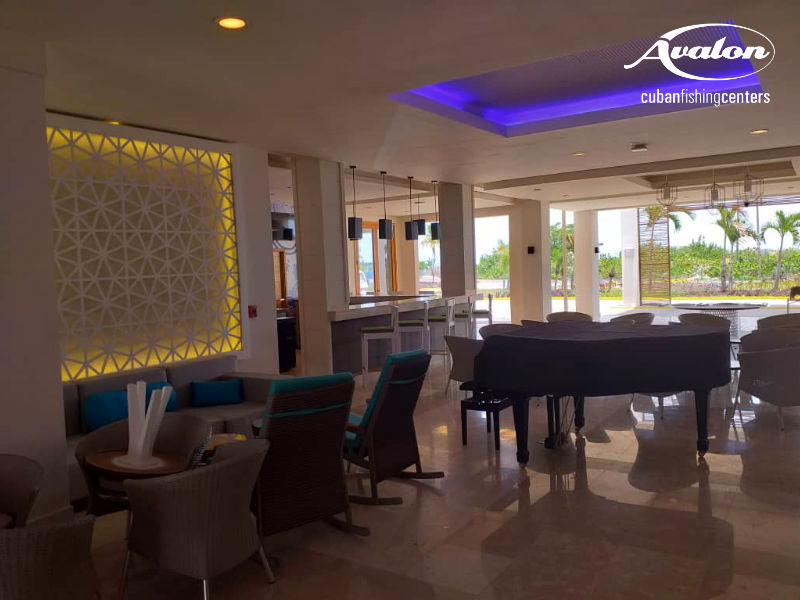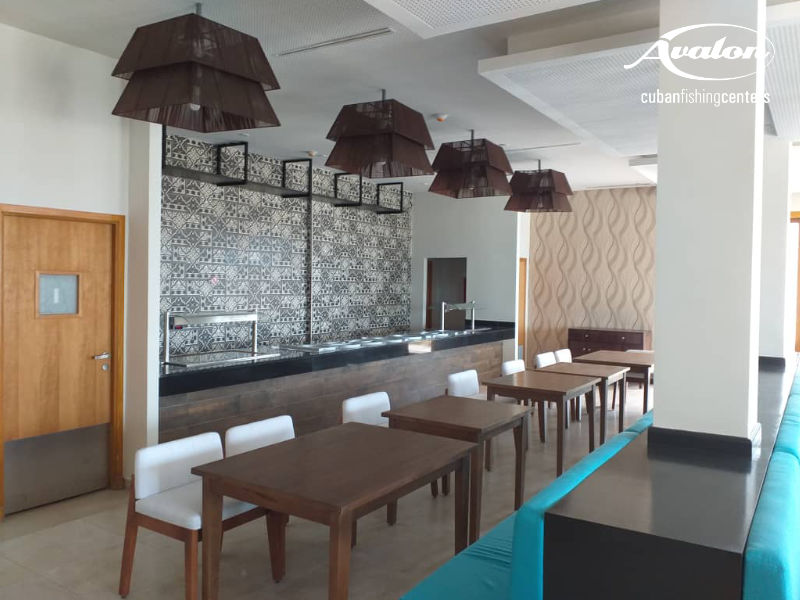The Cayo Romano fishery is an enormous system of flats, lagoons and pristine estuaries.
Cayo Romano – Cuba

LODGING
Single & Double Occupancy Guest Rooms

SPECIES
Permit, Resident Tarpon, Bonefish, Snook, Jack Crevalle, Cudas & More

SEASON
Year Round

RECOMMENDED FOR…
Adventure-seekers, Solo Anglers, Couples, Small Groups

EQUIPMENT
Some Rental Gear Available (Must Reserve In Advance), Bring Your Own Gear
Situated along the northern shore of the eastern province of Camaguey, the Cayo Romano fishery stands as an expansive complex of flats, lagoons, and unspoiled estuaries. Nestled within Jardines del Rey, this designated area strictly prohibits and rigorously enforces commercial fishing. Covering an impressive 366 square kilometers, the sportfish-only zone ensures that, on an average day, each skiff enjoys over 50 square kilometers of exclusive fishing territory. The pristine fishing area remains virtually untouched, showcasing one of the cleanest and most biologically diverse ecosystems ever encountered.
This pristine condition is a key reason for selecting this destination, as Cayo Romano has remained largely unexplored, with only a limited number of anglers visiting since 2011. In stark contrast, many other Caribbean destinations have been subject to decades of heavy overfishing.
For those concerned about occasional cold fronts from the north between January and March, Cayo Romano provides reassurance. The location benefits from an extensive string of cays along its northern border, offering protection against all but the most severe weather patterns. This geographical advantage contributes to Cayo Romano’s status as a privileged and resilient angling destination.
Blue Sanctuary & Cayo Romano
For over 27 years, Blue Sanctuary has been actively collaborating with partners in the Jardines del Rey Archipelago. This expansive endeavor involves managing a significant no-take marine preserve in the Caribbean. The primary focus is on research, management, and economic considerations pertaining to what are widely recognized as the healthiest and most extensive coral reefs in the Caribbean region. The collaboration extends to working closely with the Cuban Center for Coastal Ecosystems and the Marine Research Center of Cuba.
Under the umbrella of Project Blue Sanctuary, a comprehensive, proactive program is underway to study and safeguard the unique and pristine ecosystems of the Jardines del Rey Archipelago. The research conducted ensures enduring protection, setting a compelling model for marine protected areas globally. It not only significantly advances our understanding of the functioning of healthy coral reef ecosystems but also provides crucial insights to guide management decisions for the protection of coral reefs worldwide.
Beyond its scientific contributions, this ecosystem and educational research model serves as a bridge, fostering closer ties between Americans and Cubans. Former fishermen and their families have transitioned into employment within diving and fly fishing operations, creating ongoing human connections. By educating ecotourists, they are establishing a sustainable way of life, contributing to the formation of future generations of stewards in this marine park. This holistic approach underscores the transformative impact of Blue Sanctuary’s commitment to both environmental preservation and community engagement.
The Romano stands as an impressive new lodging option in Cayo Romano, boasting a prime location a mere 100 meters from the fishing marina. This newly established private mini lodge features a wealth of amenities, including a swimming pool, bar, lounge, a variety of signature restaurants, a bowling area, and more. Offering a privileged setting, the accommodation is conveniently just one hour away from Cayo Coco airport.
Nestled right on the water, the lodge provides a captivating view of a beautiful channel frequented daily by schools of tarpon and jacks. Optimal fishing opportunities are available just off the marina, particularly before nightfall.
Each room is generously spacious and thoughtfully appointed, equipped with air conditioning, tile floors, and inviting showers. The Romano dedicates a private block of rooms exclusively for Avalon anglers, ensuring a tranquil experience in a secluded area.
The open-air main lodge is a welcoming space with comfortable lounging chairs and a fully stocked bar tended by an accommodating bartender. After a rewarding day on the flats, guests can unwind by sharing their adventures with fellow anglers, sipping on ice-cold beverages, and indulging in a daily selection of freshly prepared snacks. Post-shower, guests can head to the dining room to savor the chef’s daily specialty.
This accommodation cultivates a distinct “lodge atmosphere” for visiting anglers, providing a remote yet connected experience. The main lodge offers wireless internet for guest use, emphasizing a harmonious blend of modern connectivity and natural surroundings. Immerse yourself in the allure of Cayo Romano and experience the unmatched hospitality of the ROMANO.
Established in 2011, Cayo Romano has remained a well-kept secret with limited client traffic. This exclusivity contributes to an unpressured fishing environment, providing guides with the freedom to explore and unveil the treasures of this pristine flats oasis. Many of the guides bring a unique perspective, having previously worked as commercial fishermen and grown up amid the flats, lagoons, and mangroves of the area.
With a rich history and an abundance of local knowledge, combined with Avalon’s professional and progressive training initiatives, this region boasts some of the finest and most proficient guides in Cuba and the Caribbean. Fluent in English, our guides are not only skilled anglers but also enthusiastic storytellers, eager to share tales of their Cuban heritage and distinctive fishing experiences.
Species
Bonefish
The Bonefish thrives in shallow coastal waters, typically found at depths ranging from centimeters to 2 meters. Often, they can be observed swimming in groups, numbering between 4 and 20 individuals. Despite their social behavior, these impressive creatures lead solitary lives. They engage in year-round reproduction in open waters, yet swiftly return to coastal areas. Notably, Bonefish display remarkable resilience to low-oxygen environments, thanks to a biofunctional trait.
Permit
Achieving success in fly fishing for permit is an elusive feat, and there’s no guaranteed formula for triumph. This remarkable fish poses the ultimate challenge on the flats, and many fly fishermen have found themselves humbled by its cautious nature. Casting to, hooking, and landing a permit on a fly represents a genuine milestone in angling, a goal that most saltwater fly fishermen eventually aspire to attain. It is a reward bestowed upon the fortunate few who approach the pursuit with patience, agility, modesty, and great humility.
Tarpon
Engaging with these powerful creatures on a fly rod reveals their formidable nature, showcasing not only strength but also impressive stamina and acrobatic prowess.
When it comes to fishing for Tarpon, or Sabalo as it is known in Cuba, enthusiasts categorize the experience into three distinct levels based on the fish’s weight. There are the Baby Tarpon, weighing up to 30 lbs, the Medium Tarpon ranging from 30 lbs to 80 lbs, and the Monster Tarpon, surpassing 80 lbs and occasionally reaching an astonishing 200 lbs. While the last category, the Monster Tarpon, attracts fervent pursuit, these colossal specimens are regrettably less common, adding an extra layer of challenge to the pursuit.
The Guides
Dedicated to going the extra mile for each client, these guides exemplify a passionate commitment to success in the pursuit of that once-in-a-lifetime fish. The result is an unparalleled fishing experience guided by experts deeply connected to the history and natural beauty of Cayo Romano.
General Program
Each morning, the skiffs set out from Cayo Romano, embarking on diverse journeys depending on the day’s guide rotation. Anglers may find themselves exploring a range of areas, from Cayo Paredon Grande in the north to Cayo Guanaja in the south, encompassing numerous islands, lagoons, and bays that promise abundant fishing opportunities. The fishing hotspots are often concentrated around the expansive island of Cayo Romano, situated back towards the mainland.
Boat runs to these fishing havens typically span around 20 minutes, with some areas allowing anglers to engage with fish just five minutes after leaving the docks. The specific destination for the day is guided by your fishing expert’s preferences and your desired target species. With a vast expanse of 50 square kilometers per boat, the possibilities are virtually limitless. The fishery offers such a wealth of opportunities that it can be overwhelming, creating a sensory overload for anglers immersed in the sheer abundance of this remarkable environment.
Fly Fishing
Before delving into the exceptional flats fishing that defines this location, it’s crucial for guests to recognize that Cayo Romano is still in its early stages of development as a fishery. The inviting flats feature a blend of hard-packed white sand and a semi-firm mottled bottom, offering excellent wading opportunities reminiscent of the expansive areas found in Los Roques. Adventurous anglers can indulge in up to four straight hours of uninterrupted wading, with certain spots allowing for an immersive experience without returning to the boat.
Cayo Romano epitomizes the characteristics of a recently discovered, untouched fishing territory—abundant fish populations, impressive sizes, and a clear lack of exposure to flies and leaders. The natural beauty of the cays and surrounding waters further enhances the allure of this memorable fishing destination.
The average bonefish size hovers around a robust 4 pounds, with guests occasionally landing fish in the remarkable 10-pound range. Tailing bonefish are a common sight, appearing both individually and in pairs, and sometimes forming schools of several hundred fish. What sets Cayo Romano apart is the consistent opportunity to encounter and take shots at permit each day, a rare combination in the world of fishing. The chances of encountering permit, ranging from 8 to 30 pounds, are virtually guaranteed, making it a unique and exciting experience.
The slightly deeper flats at Cayo Romano contribute to sustained populations of bonefish and permit throughout the year. Additionally, there are two specific locations within Cayo Romano known for excellent tarpon fishing, often reserved by guides for anglers pursuing a Grand Slam after boating a permit. The tarpon in these areas range from 30 to 90 pounds. Beyond the primary targets of permit, bonefish, and tarpon, anglers can also test their skills against other challenging species such as mutton snapper, snook, cubera snapper, jack crevalle, barracuda, and more.
Seasons
From January to March, Cayo Romano faces the potential challenge of cold fronts originating from the northeast. However, the protective barrier of cays shields most fishing spots, ensuring favorable conditions. During this period, angling enthusiasts can expect excellent fishing, particularly for sizable bonefish, small to medium tarpon (20-30 lbs), and, starting in mid-January, the appearance of permit.
Moving into April to June, this window is considered optimal for both weather conditions and the emergence of substantial numbers of large tarpon, complemented by the consistent presence of bonefish and permit.
Come July and August, the fishing landscape echoes the abundance of spring and early summer, featuring an increased presence of permit on the flats. Anglers can seize numerous opportunities to target them, enjoying multiple shots per day.
September to December marks another exciting phase, offering excellent conditions for all species. The flats teem with bonefish and permit, and anglers may encounter occasional tarpon amidst the diverse array of available species. This period promises a well-rounded and rewarding fishing experience at Cayo Romano.

Arriving at Avalon Cayo Romano is a seamless experience, whether guests choose to fly into Cayo Coco (preferred for United States citizens), or Havana city. At both arrival points, a representative is ready to greet you as soon as you clear customs.
The program at Cayo Romano operates on a weekly basis, commencing on Saturdays and concluding the following Saturday, with fishing scheduled from Sunday to Friday, providing a total of 6 fishing days. During Low Season months (November/March & July/August), shorter programs of 3 to 5 fishing days are available.
For optimal convenience, guests are encouraged to choose Cayo Coco as their arrival airport, located only 1 hour away from the fishing destination. Flights to Cayo Coco are accessible from Toronto or Montreal. Alternatively, Camaguey, within a 2.5-hour drive of Cayo Romano, is serviced by daily flights from Mexico. Those opting to arrive in Havana can connect to Cayo Coco via a domestic flight after an overnight stay in the city. At each arrival point, Avalon ensures a warm welcome with a representative on hand to transfer guests to their destination seamlessly.
The list below is to give you a snapshot of the gear you’ll need to bring on this adventure. A comprehensive and complete gear list will be provided upon booking.
You must bring ALL of your fly fishing equipment with you for your trip. This includes all rods, reels, lines, flies and terminal tackle.
Rod / Reel / Line outfits are available for rent for $350 per outfit per week and they must be reserved and paid for in advance.
While traveling to Cuba you can usually carry your fishing equipment in your carry on luggage. HOWEVER, when departing Cuba it is strongly advised to check all of your equipment in your checked luggage. This is a Cuban Aviation Administration guideline and all guests should be prepared to travel in this manner.
Conventional tackle equipment is not allowed in any of the marine parks of Cuba.
Fishing Gear
We strongly recommend not to bring rods longer than 9 feet as they can be damaged inside the skiff.
One Bonefish rod, a 9-foot rod for #8 or 9 weight line. An 8-weight rod is perfect as many of the bones are in the 3-6 lb class and there is often wind to contend with. On this rod you will want a good bonefish reel with enough capacity for the line and 200 yards of 20 lb backing. You need a saltwater specific, tropical temperature rated, weight forward floating line. All of the main fly line manufacturers make a saltwater bonefish line. Be sure to bring a back up floating line for bonefish. There is some coral on the ocean side flats, and many flats have small mangrove roots and shoots that the bonefish run through and around and this can shred a fly line. Bring one back up rod for bonefish in case of breakage.
We suggest two – 9’ #10 Rods or one 9’ #9 and one 9’ #10 rod- since there are so many species of fish, it helps to bring two 9 or 10 weight rods. Then you can set one up specifically for permit, and have another set up for baby tarpon, snook or barracuda. Have individual reels for both these rods. You will want weight forward, tropical saltwater lines for both rods, but it is a good idea to bring one slow sinking line for the ten weight as well. Attach your lines to backing with loop-to-loop connections making it easy to change lines out on the flats. Your reels should have capacity for the line plus 150-200 yd. of 30 lb. backing. All reels should be large arbor and feature a fully sealed drag system.
For reels, pick a good tarpon reel with enough capacity for a 10 line and 150 200 yards of 30 lb. backing. A strong, smooth drag is necessary. All reels should be large arbor and feature a fully sealed drag system.
TACKLE
You will need a maximum of three lines for your large tarpon rod. A floating line, an intermediate (slow sink), and a full fast sinking 400-500 grain for the big channels which are up to 15 feet deep with strong tidal currents (less common usage, but not bad to have). All should have loop-to- loop connections to your backing. Less experienced casters will often do better with a floating line but the intermediate is perhaps the best all around line to use in the deeper channels. Out on the shallower flats, a floating line is a much better choice. You will be fishing with a floating line the majority of the time. Come prepared for whatever situation you may encounter.
6 Bonefish leaders – 9-12 foot 12-16lb 2 Spools of bonefish tippet, 12lb and 16lb Fluorocarbon. Most of the time the bonefish are not at all leader shy so it is an advantage to use heavier tippet.
6 – Permit Leaders 9-12 foot, 16-20 lb Fluorocarbon 1 – Spool 16lb and 20lb Fluorocarbon tippet for permit
6-8 – Quick Change Tarpon leaders. OUR GUIDES ALWAYS RECOMMEND TO MAKE YOUR LEADERS WITH A 60 LB FLUOROCARBON SHOCK TIPPET AND THEN A SECTION OF 80 LB FLUOROCARBON TIPPET, WHERE YOU WILL TIE THE FLY.
Some anglers prefer to use 3 feet of shock tippet so that you can use each leader for several fish or re-tie on several different flies.
Bring spools of 40lb, 60lb, and 80lb Fluorocarbon for Tarpon. Leaders can be built as needed out of this material.
*If you are looking a Tarpon record, bimini leaders must be used, this starts with a 60lb section, then a 20lb fluorocarbon tippet, finally an 80lb.
FLIES
BONEFISH FLIES
These are the most abundant and popular of the flat species. The average weight is about 4-6 pounds but bigger specimens are caught, especially in the winter months.
Fishing is either from the skiff or by wading. Bring two to three dozen bonefish flies in various patterns for a week of fishing. You need a mix of very light flies and medium weight flies (with bead chain eyes) to fish in water depths from six inches to two feet.
You’ll also need at least a half dozen flies with heavy lead eyes for fishing bones in muds where the water can be 3-4 feet deep. Some of the best patterns are the Tan and Pearl Gotcha Shrimp, White or tan Squimp, Bonefish Scampi, Mantis Shrimp/Spawning Shrimp patterns, and of course the Crazy Charlie style flies. Sizes should be mostly #4’s with a few #6’s and a few smaller #8’s. The bonefish can be selective, so be sure to experiment with various patterns. Most flies should be darker patterns – tan and brown but you also need some very light or white patterns for white sand flats.
PERMIT FLIES
Quite abundant indeed where they are up to their reputation of being the most frustrating fish of the flats. Lots of skills and patience are required but a fair number of “grand slams“ have been achieved by anglers when they catch a permit, bonefish and tarpon in the same day. Bring 6-12 flies for permit. AVALON FLY IS THE MOST ADVISABLE CHOICE – variations with dumbbell or bead chain eyes and small beads on the keel for shallow water.
Other spawning shrimp and crab patterns in size 2-4 can be great options to have as well. In addition here are some other productive patterns used: Perez Crabs Sideswiper Crab in tan or white, Flexo Crab, Strong Arm Merkin Crab, Raghead Crabs in tan or white, Ep Permit Crabs in olive or tan, and Mantis Shrimp style patterns. It is important to have some lightweight flies with bead chain eyes and some slightly heavier with lead or brass dumbbells to cover the variety of water depths that you may find.
TARPON FLIES
Large number of tarpon are resident year round in tidal channels, flats and mangroves. Their average weight is from 15 to 30 pounds, but fish up to 60 pounds maybe encountered and, indeed, some large fish have been caught over the past seasons. They are in the area all year long but tarpons over 50lbs are more usually found from March to August.
Keys style patterns in size 2/0 and 3/0 are very good on the flats for tarpon in the 15-50 lb. class. The best keys style patterns are the Orange/Yellow/Grizzly, Brown Cockroach, Black Death and a White/Grizzly Cockroach Deceiver. Some of the Enrico Puglisi patterns have proven to be deadly too, especially the Black and Purple or Black and Red “Peanut butter” in both 3/0 and 4/0. Other good Enrico patterns are his White/Yellow, and the Backcountry brown as well as the brown and orange and olive over white sardine style patterns. Classic black and purple or red and yellow toads will round out your tarpon fly selections. If you are tying your own, tie all these tarpon flies on the Gamakatsu SC-15 hooks, in either 3/0-4/0.
SNOOK FLIES
Some of the 2/0-3/0 tarpon flies above will also double as good flies for snook but the best are the Enrico Puglisi patterns like the Mullet streamer, mangrove baitfish, baby mutton snapper, all in 2/0-3/0. For big snook in slightly discolored water you’ll find at times near the channels, a 3/0-4/0 Black and Purple tarpon fly is hard to beat. For really big snook, between 30 and 40 inches, a 4/0 size fly is a better choice. White and red can be a great combination for snook along with tans and olive over white. Have a few heavy lead eye flies like Clouser/Deceivers in both white and yellow/ olive. Sizes for these should be 1/0 or 2/0.
FLIES FOR OTHER SPECIES
There is terrific fishing for a variety of other flats fish like Mutton Snappers, Jack Crevalle, Barracuda and sharks. Here are the flies you’ll need:
MUTTONS
Tarpon flies and snook flies in size 2/0 and will work best. Best colors seem to be Brown/ Orange, Mullet (green/black gray back and white underside) and the Yellow/ Orange/Grizzly tarpon fly.
JACK CREVALLE
Larger tarpon flies are best, but any big crab pattern will work great too. You often are fishing for other fish and don’t have time to switch, but if you can put on a brown or black/purple Enrico in 3/0. Also, any popper will crush big Jacks. The key is to cast close to these fast moving fish and strip the fly as fast as you can.
CUDAS AND LEMON SHARKS
You should bring large flies for these species. Often sharks prefer a large sardine style olive over white or EP mullet streamer that imitate a small bonefish. The best patterns for barracuda are tied with mylar flashabou tubing, with a green thread head to look like a needlefish. These should be 2/0-3/0 and tied 8 inches long with a stinger hook. You also need to carry knottable stainless steel wire in 30-50lb. Cudas will take poppers as well. The red and white popper is a classic and is a must for Cudas and sharks.
MISC. GEAR
- Pair – Sun gloves and stripping guards
- Large tube Waterproof Sunscreen 50 SPF
- Clippers and retractor
- Insect repellant – spray or lotion
- Reel lube, drag lubricants
- 2 Morrell Saltwater foam fly boxes – 4.5” and 6”. (They float)
- Large 6-8 inch forceps for releasing bonefish
- Saltwater fishing pliers
- Fly box for larger flies
- Fine tooth hook file
- Simms back saver belt – good support for a long day on the flats
- LED Head lamp
- 6” Vise Grip Pliers – perfect for holding your tarpon flies
while you tie your Homer Rhode knots or sharpen them - 2 Pairs of Polarized Sunglasses – high quality Tan or brown lenses
- Repair kit for glasses – screws, small screwdriver etc.
- Spray bottle lens cleaning solution, lens tissues
- Pair Less expensive Polarized sunglasses for your guide!
- Fly Line cleaner and line pad cleaner box
- Fanny Pack for wade fishing
- Rod/Reel repair kit with extra tip top guides, snake guides, ferrule
cement, rod winding thread, bobbin, small screwdrivers (not
necessary, but can come in handy in a pinch) - Reusable Water Bottle (the boat has a water maker on board)
CLOTHING
- 4 – 6 Fishing Shirts – quick drying style. At least 2 Long sleeve
- 4 – 6 Cotton T-shirts if you use these
- 6 – 8 pr. Boxers or briefs
- 2 – 4 Pr. Light Weight, quick dry wading pants
- 2 – 4 Pr. Shorts, quick dry
- 6 Pr. Socks
- 2 Pr. Thin wet wading socks for your flats wading shoes
- 2 Flats Hats or caps
- Breathable Light Weight Rain Jacket with hood
- Breathable Light Weight Rain Pants
- 2 Belts for your shorts or pants. 1 should be waterproof
- Boat Shoes with non-marking soles for wear in the flats skiffs
- Flats Wading Boots (if you plan to wade much you will need sturdy boots) if you only plan to wade a little, lightweight wading shoes will do.
- Pr. Sandals, flip-flops if you like these for wear on the boat
TRIP INCLUDES
- 7 Nights Lodging
- 6 Days Guided Fishing
- Chef-prepared meals
- Filtered water, coffee, tea, Cuban cola, and local juices
- Transfer to and from the Romano Hotel
- Humanitarian & Environmental Project Certificate
- OFAC Travel Affidavit
- Laundry Service
- Complimentary shampoo, body soap, hairdryers and linens
DOES NOT INCLUDE
- Airfare
- Minimum Level Health Insurance Coverage (typically included with airfare, but not always)
- Gratuity
- Fishing Equipment
- Cuban Visa/Tourist Card
2024 Season
Rates range from $3,990 – $7,700 and vary by season. Please contact our team for an accurate quote.
ADVENTURE AWAITS
If you’re interested in talking to a consultant or booking this adventure, please complete this form.


